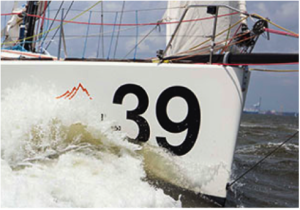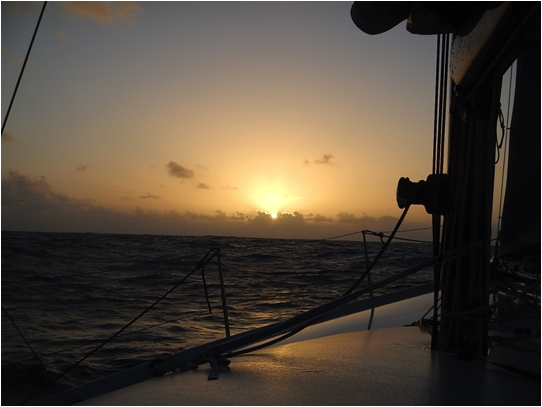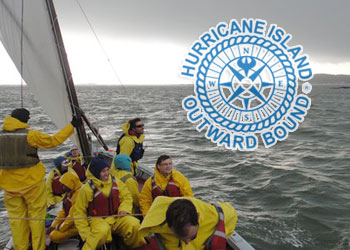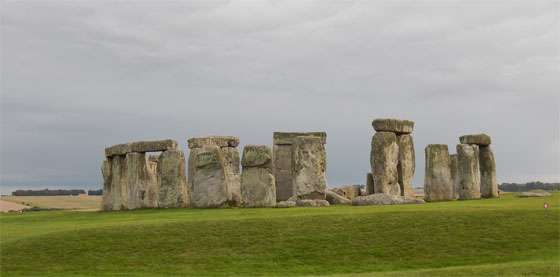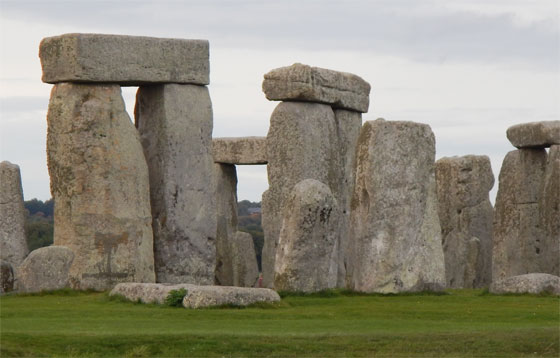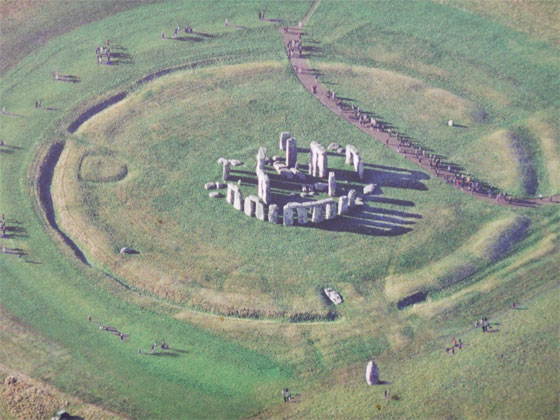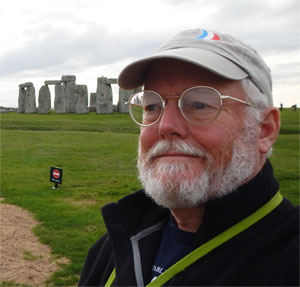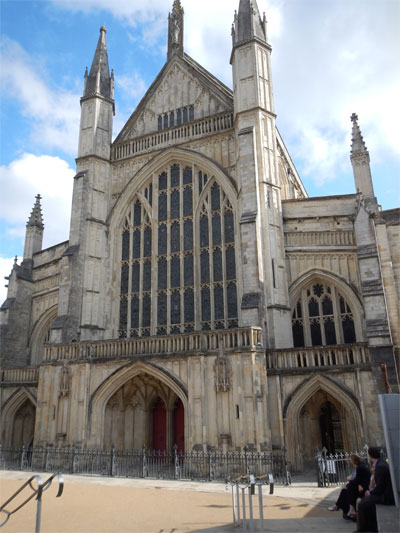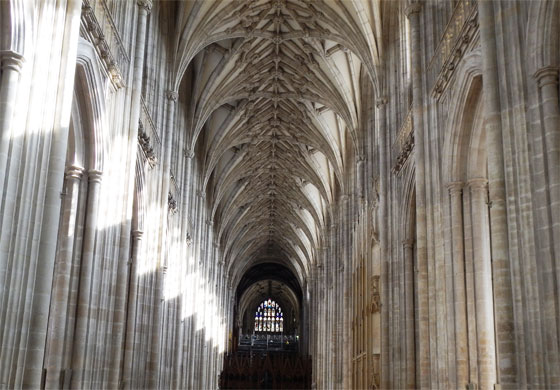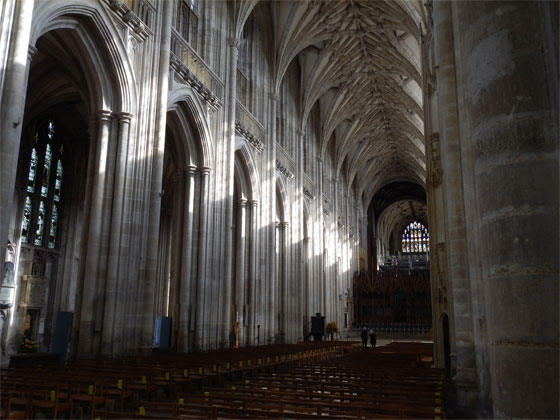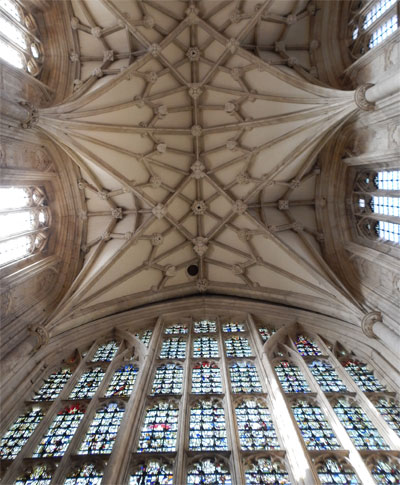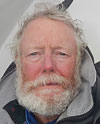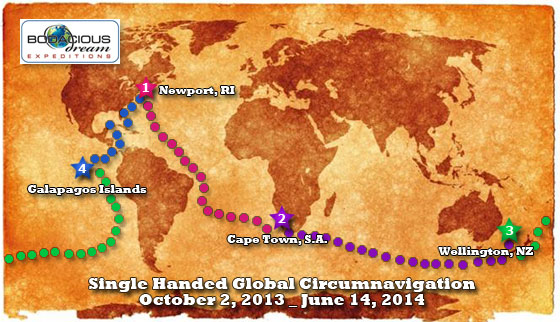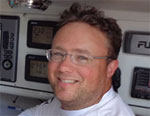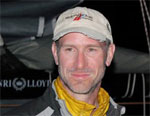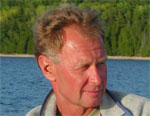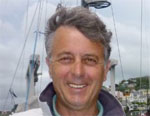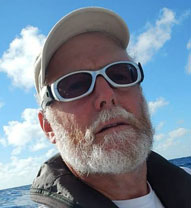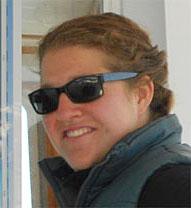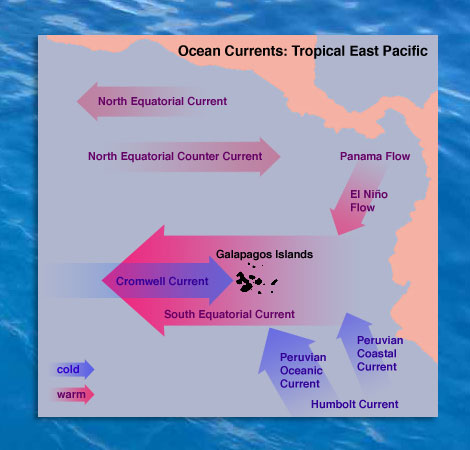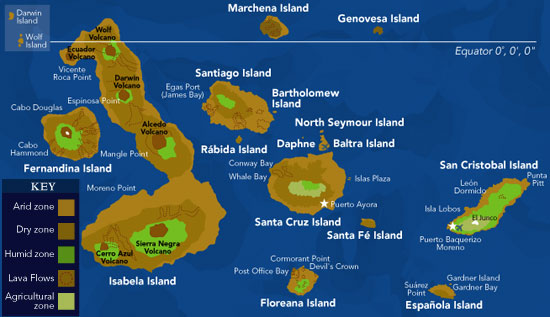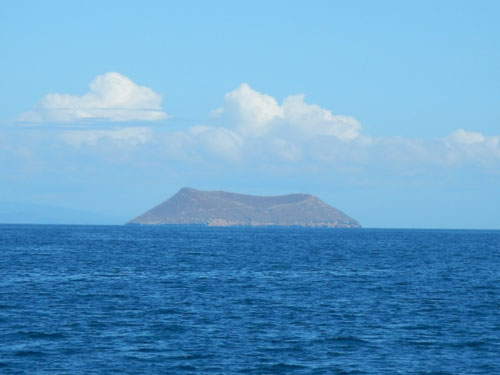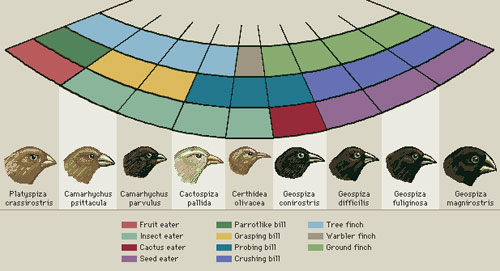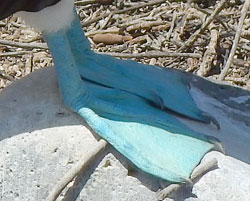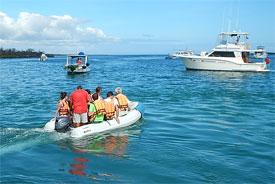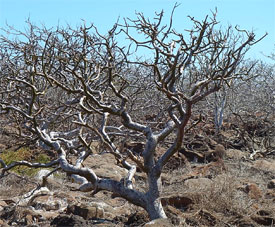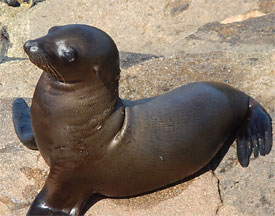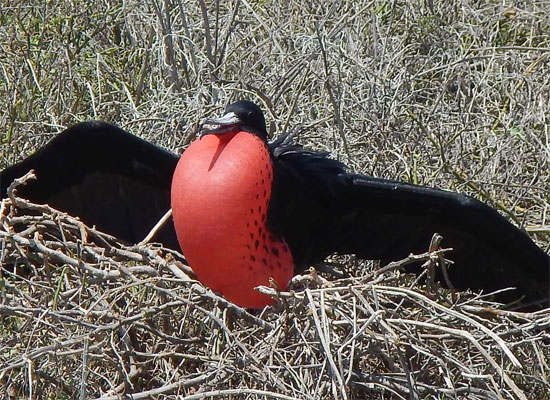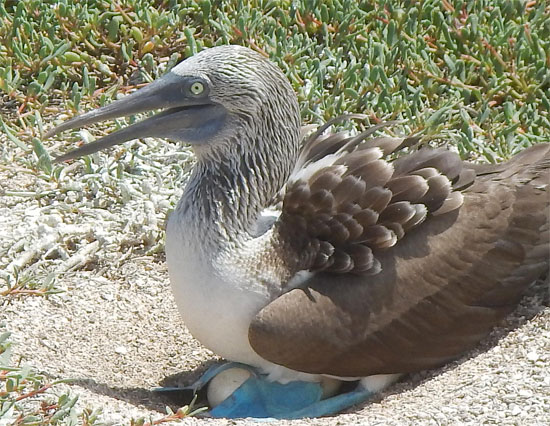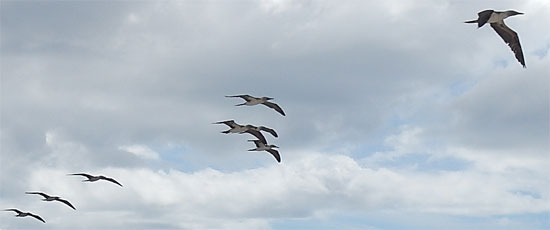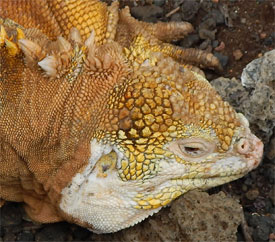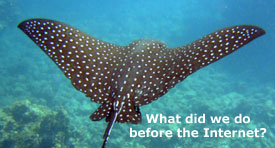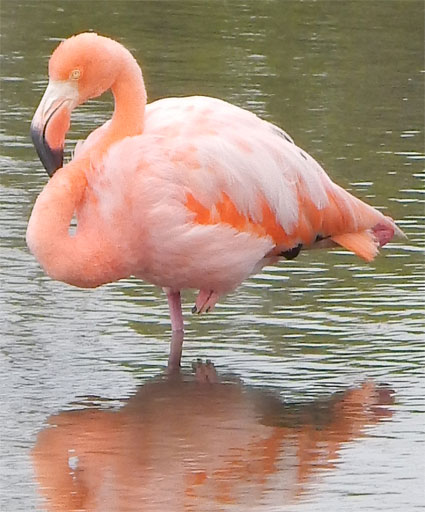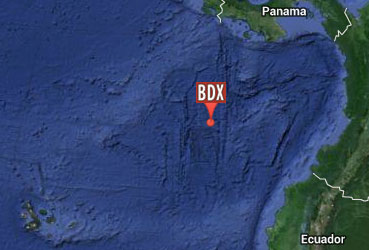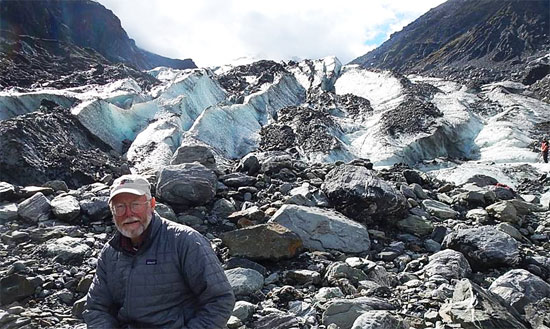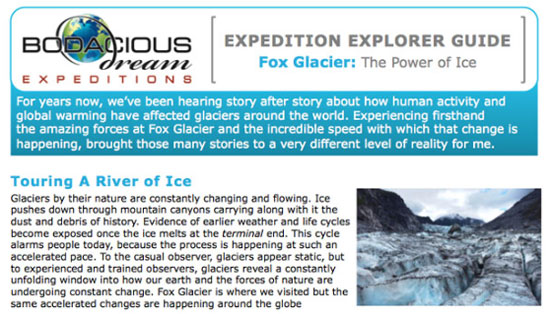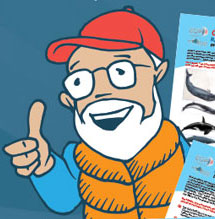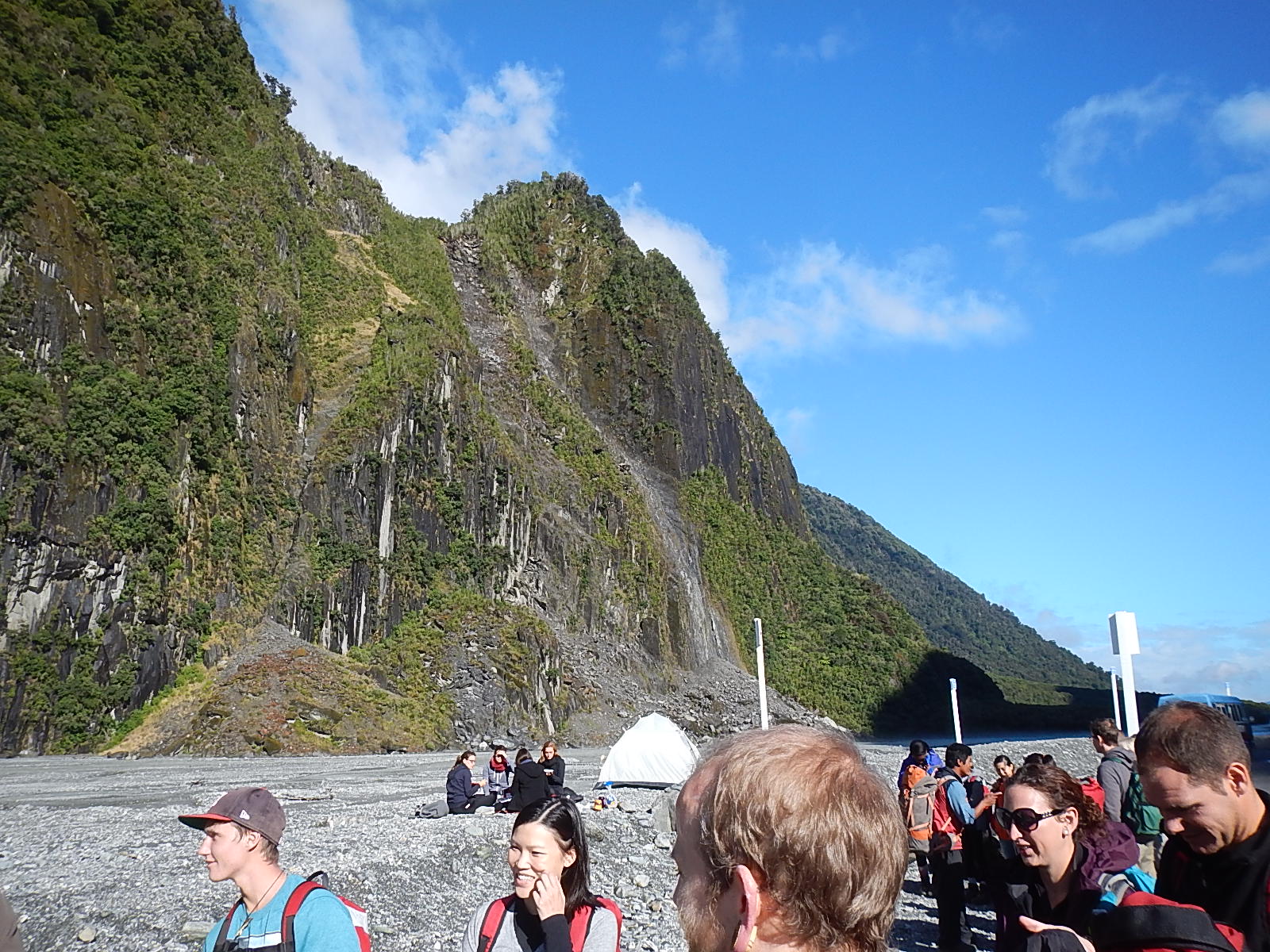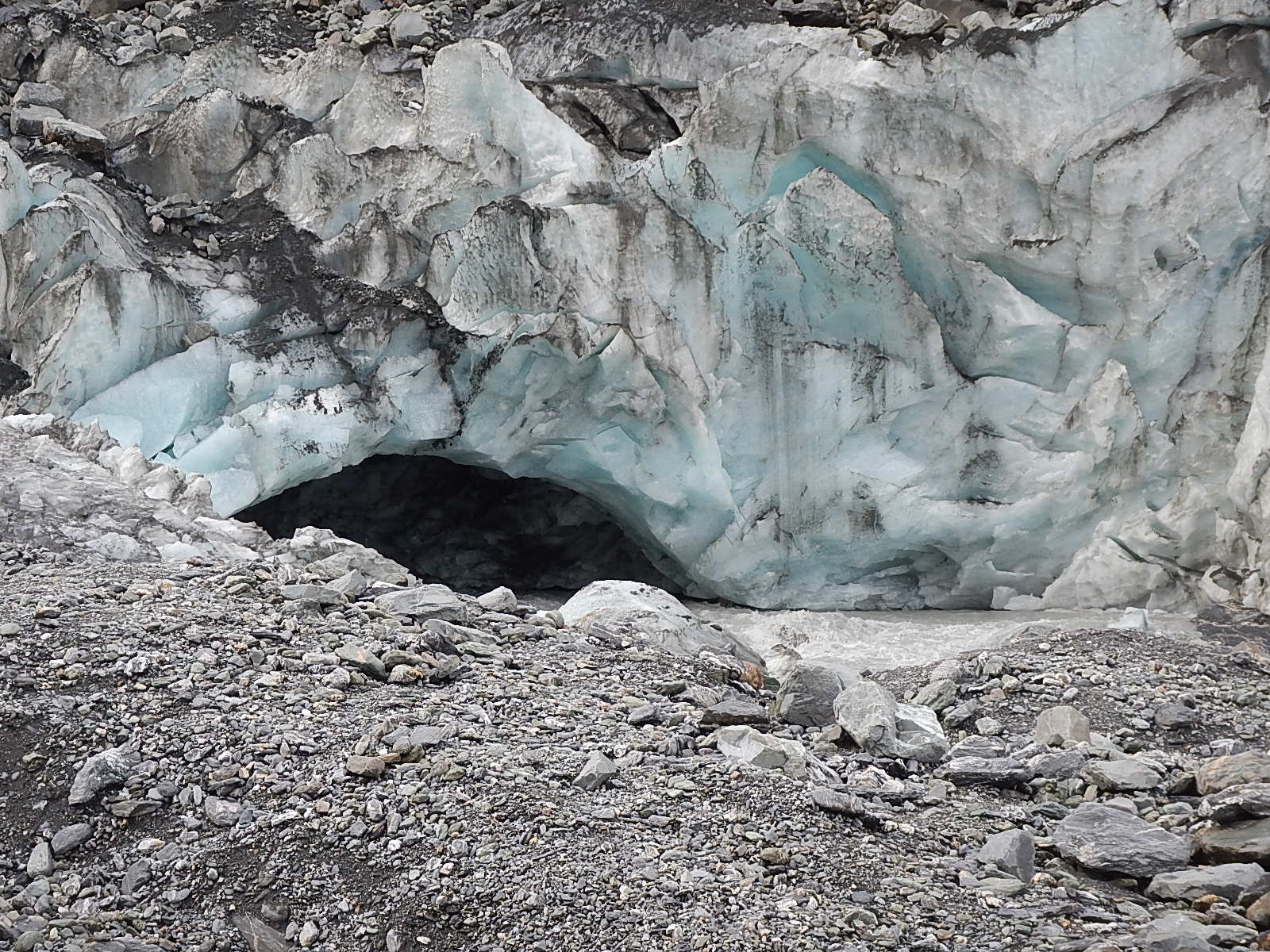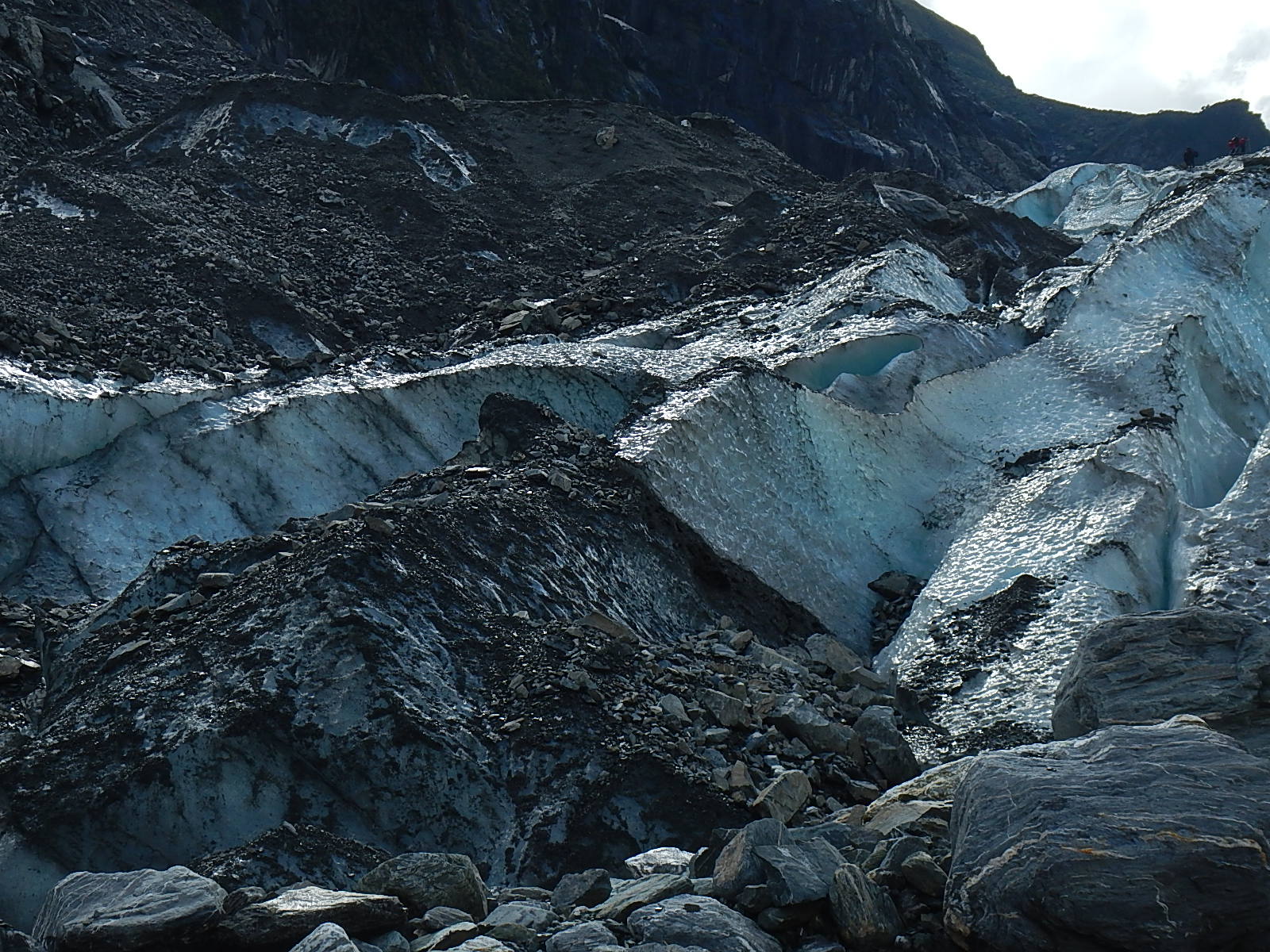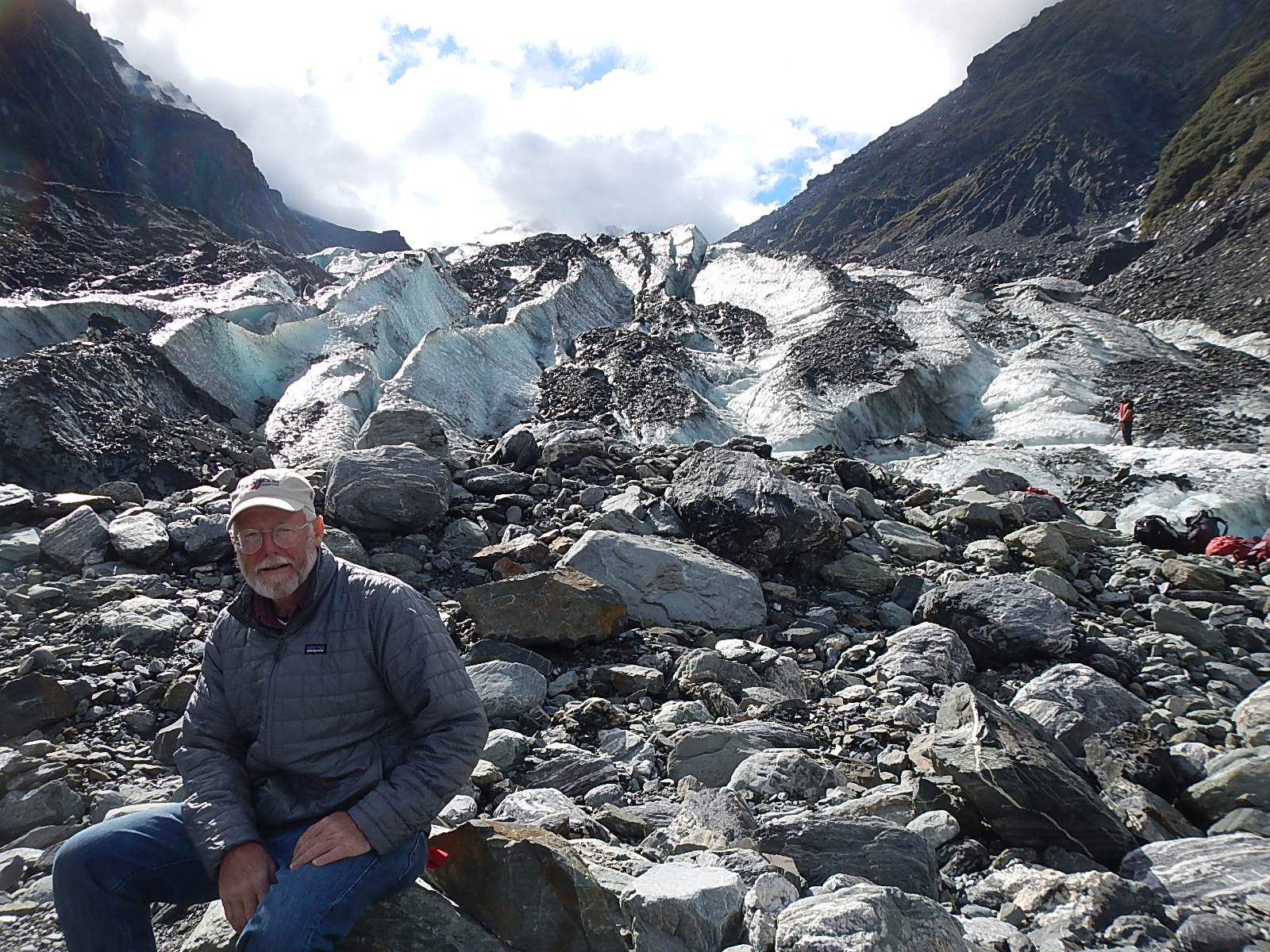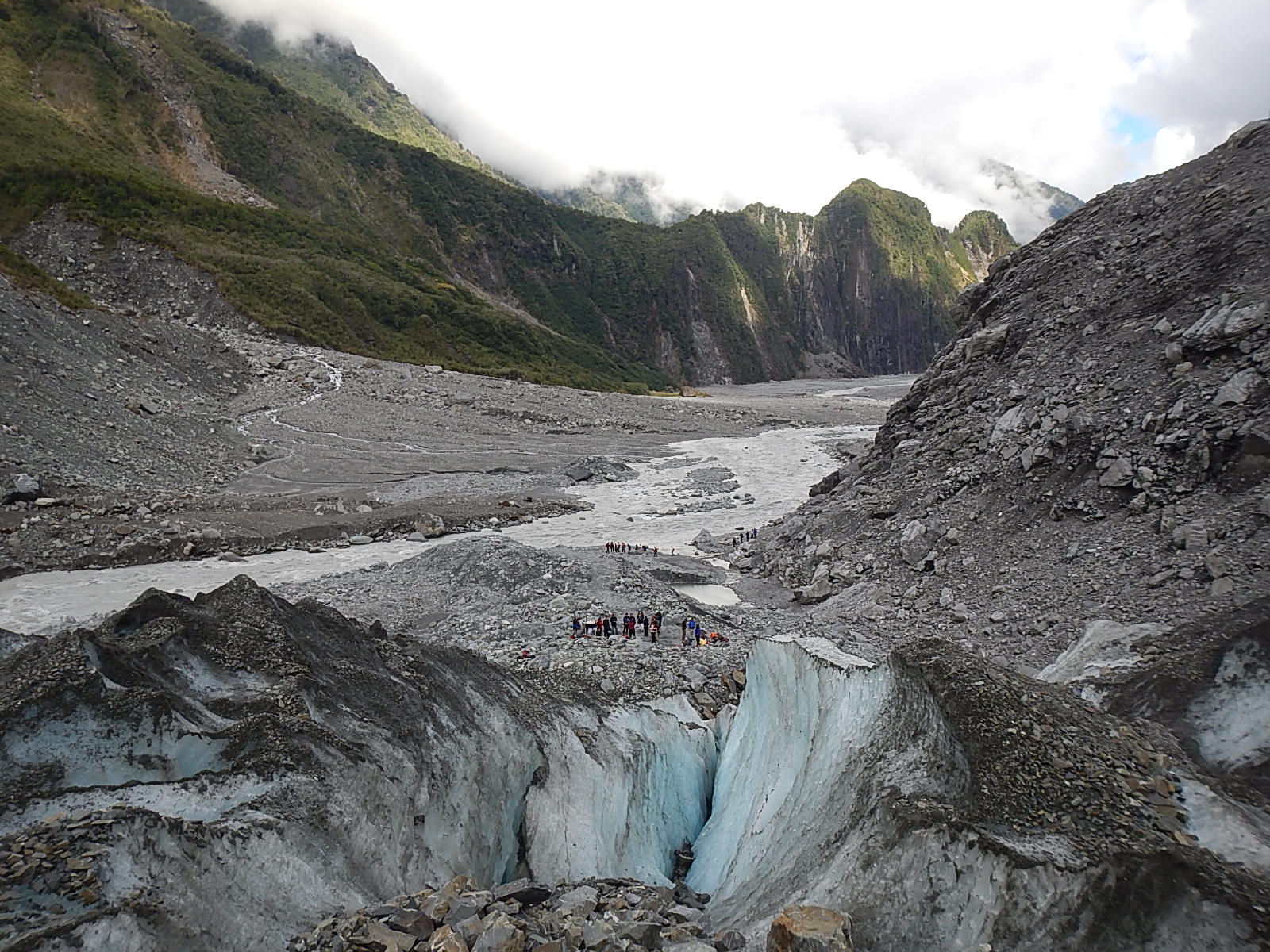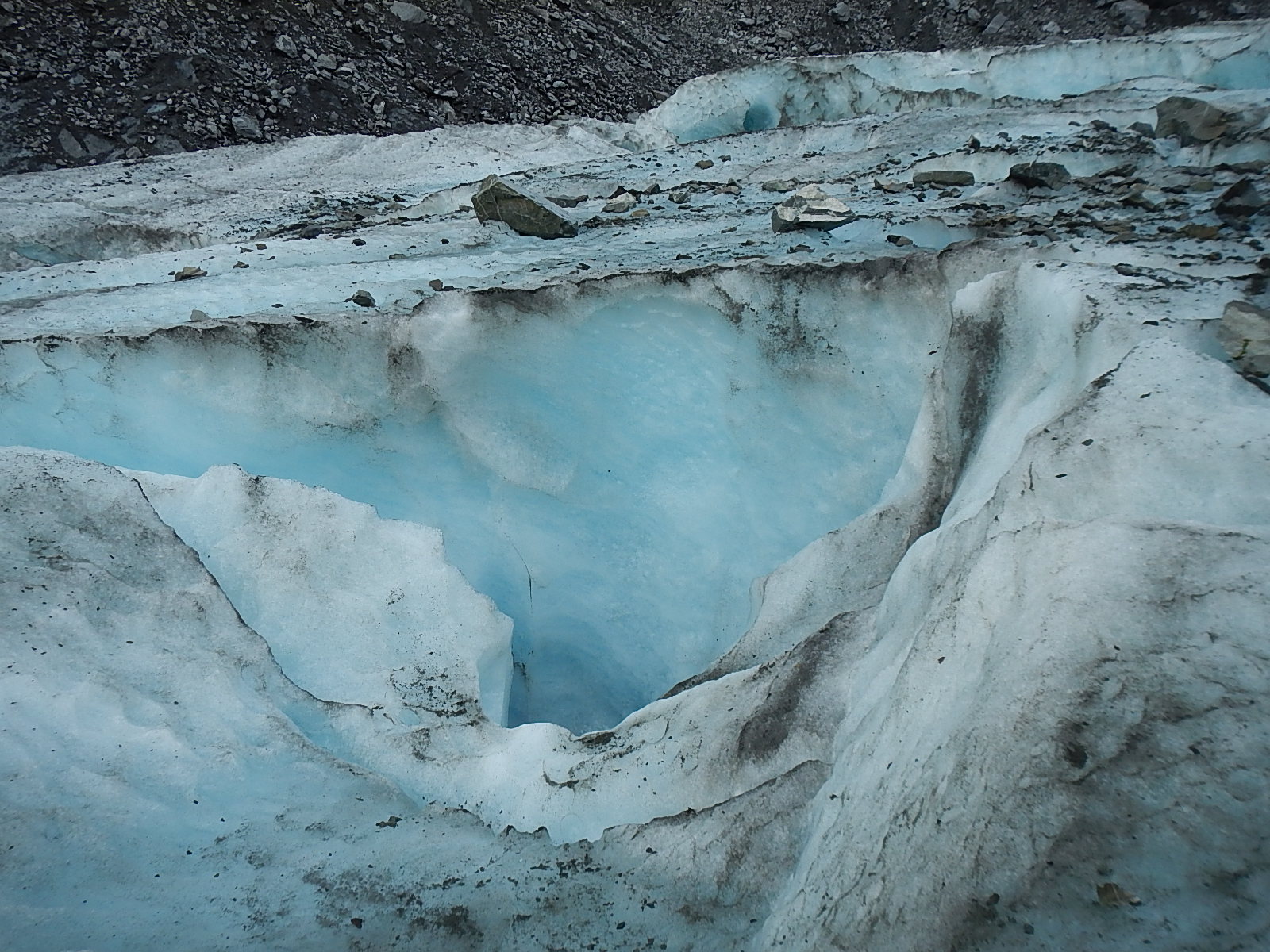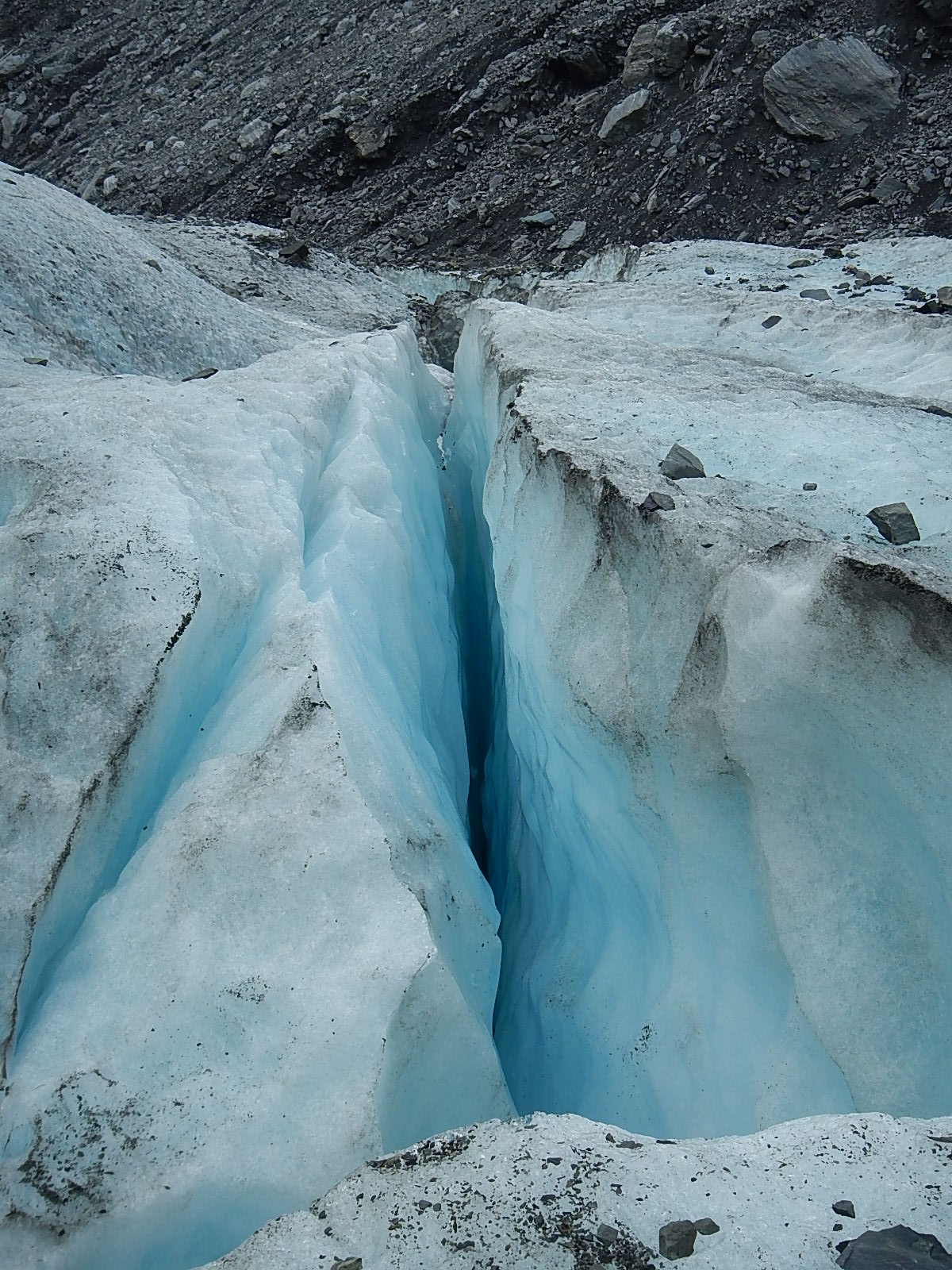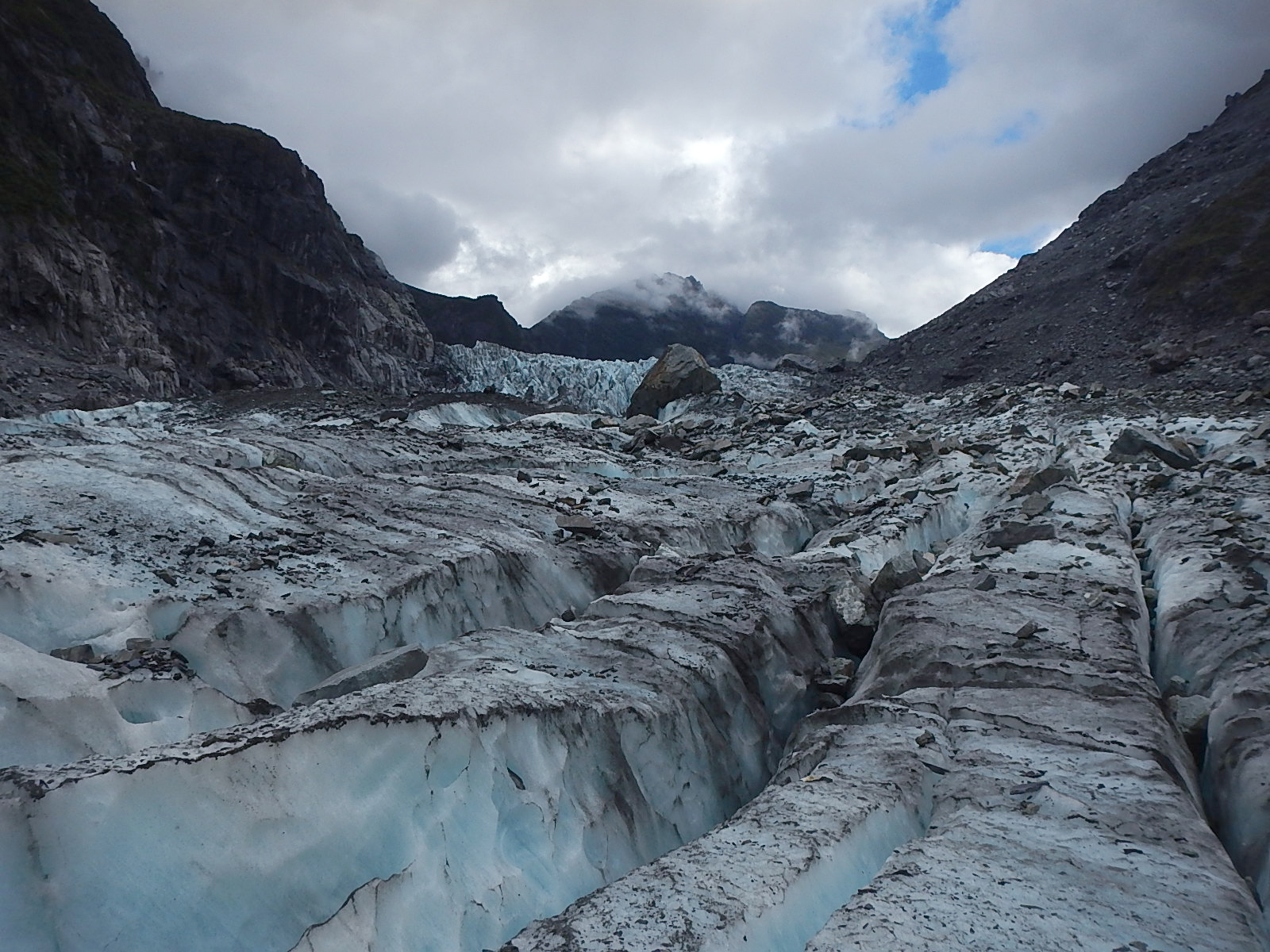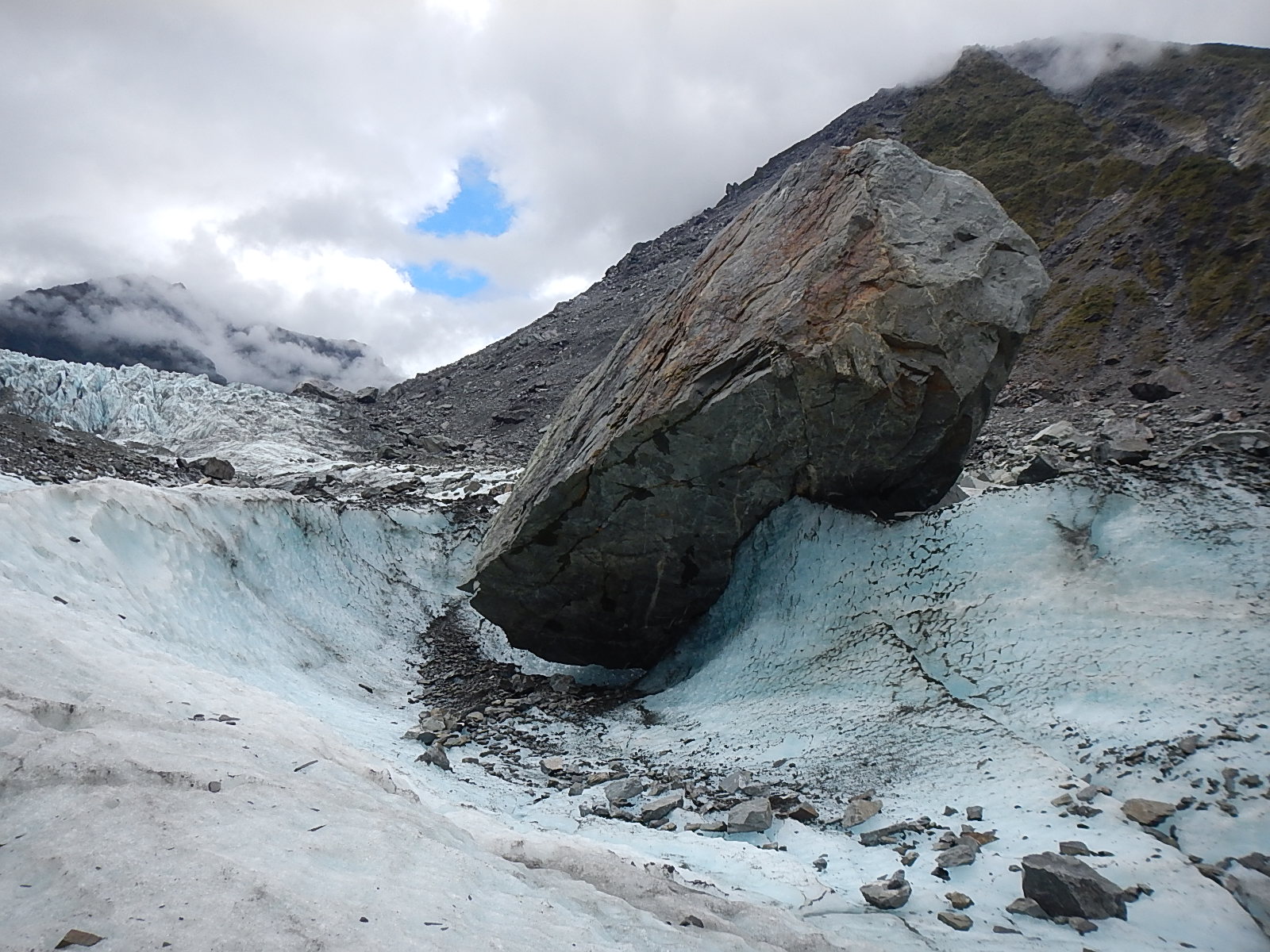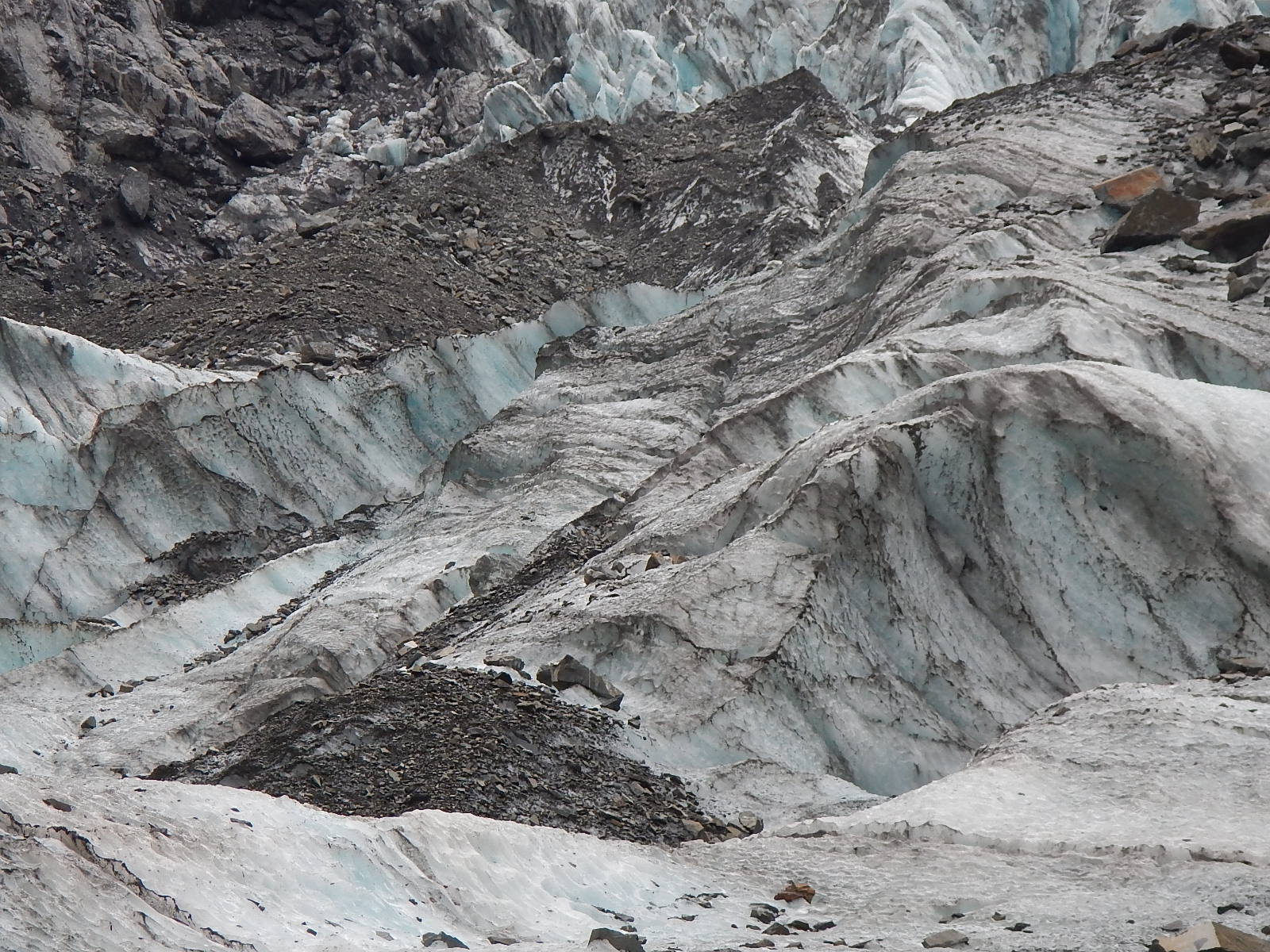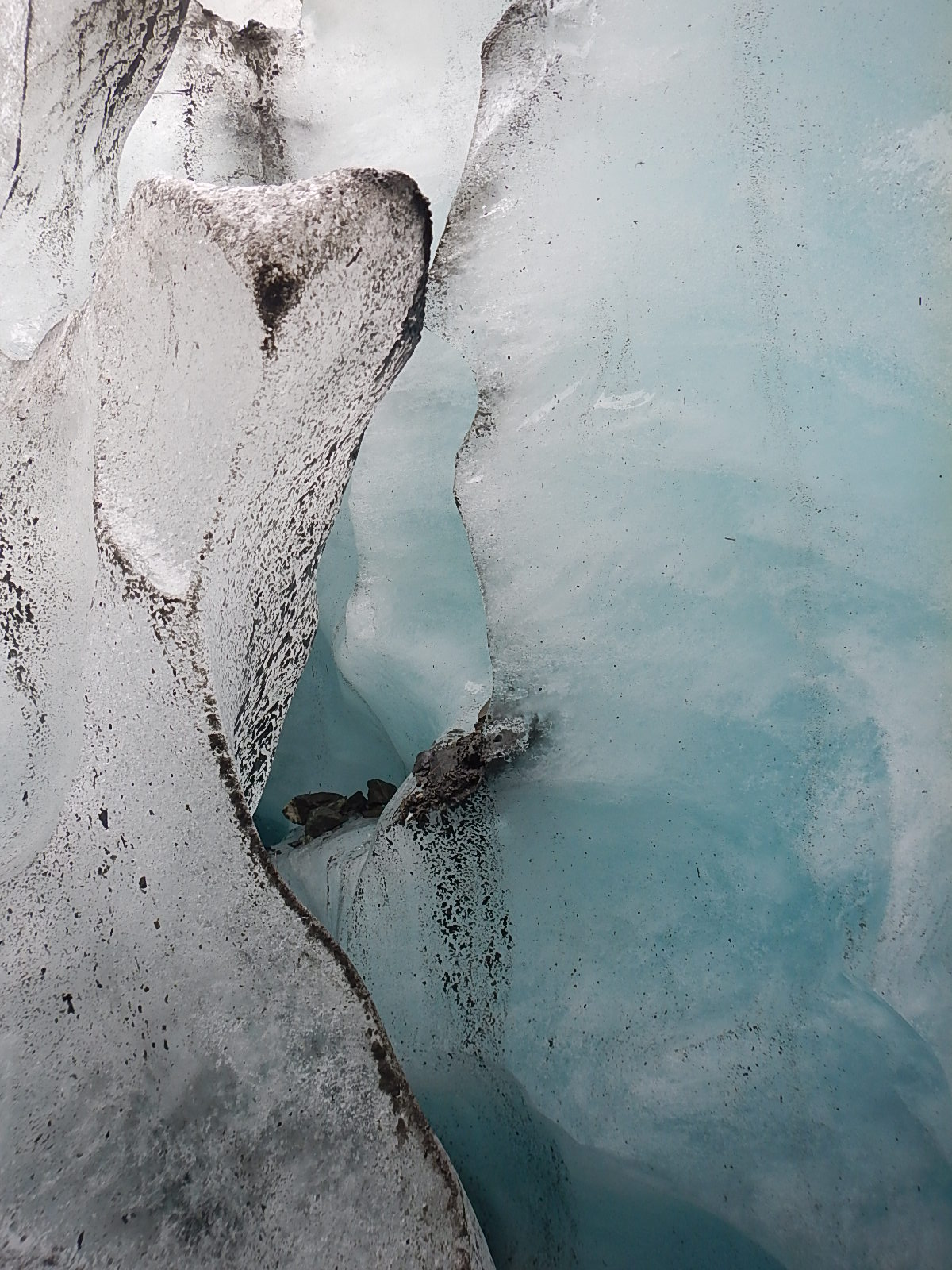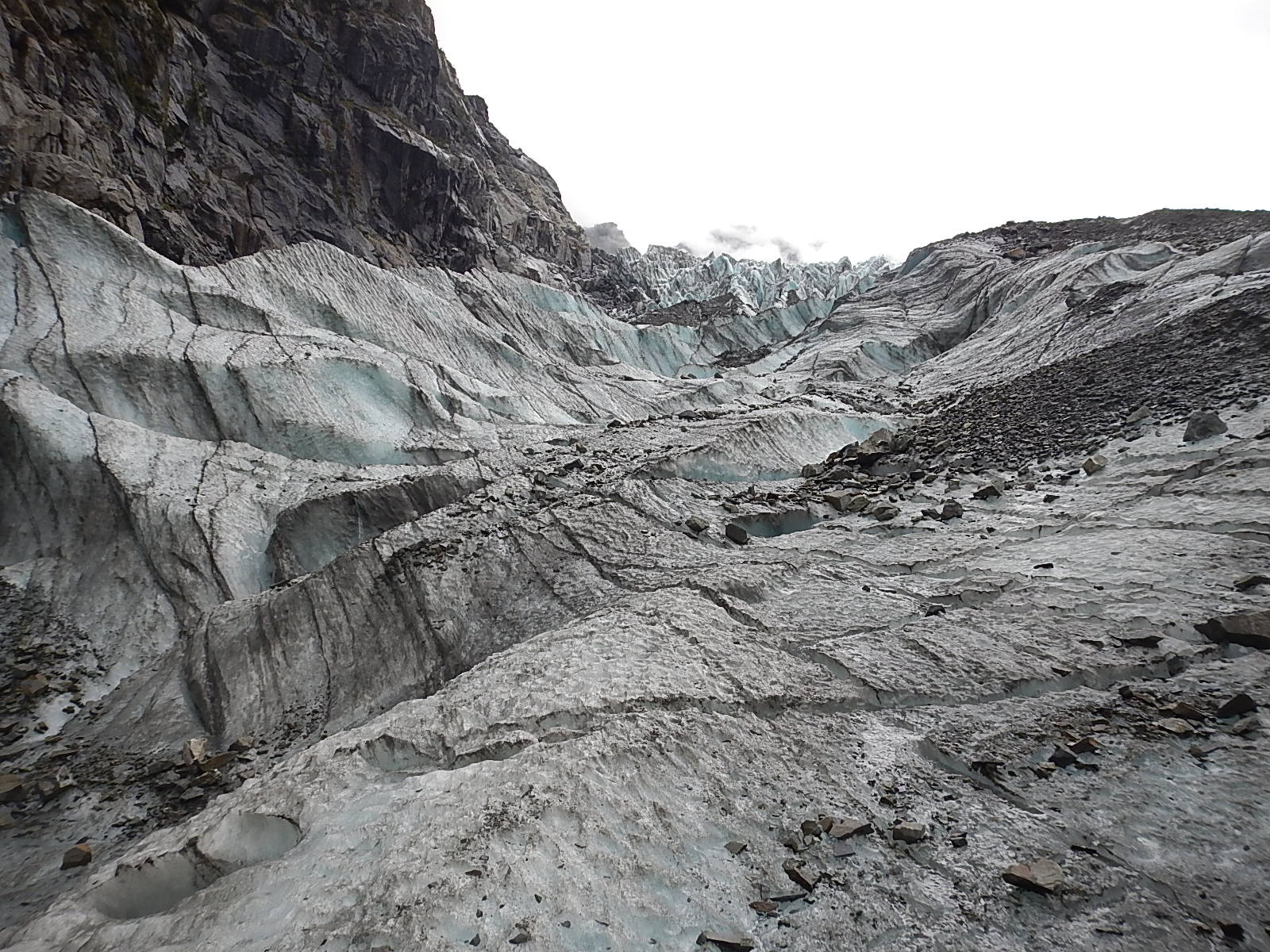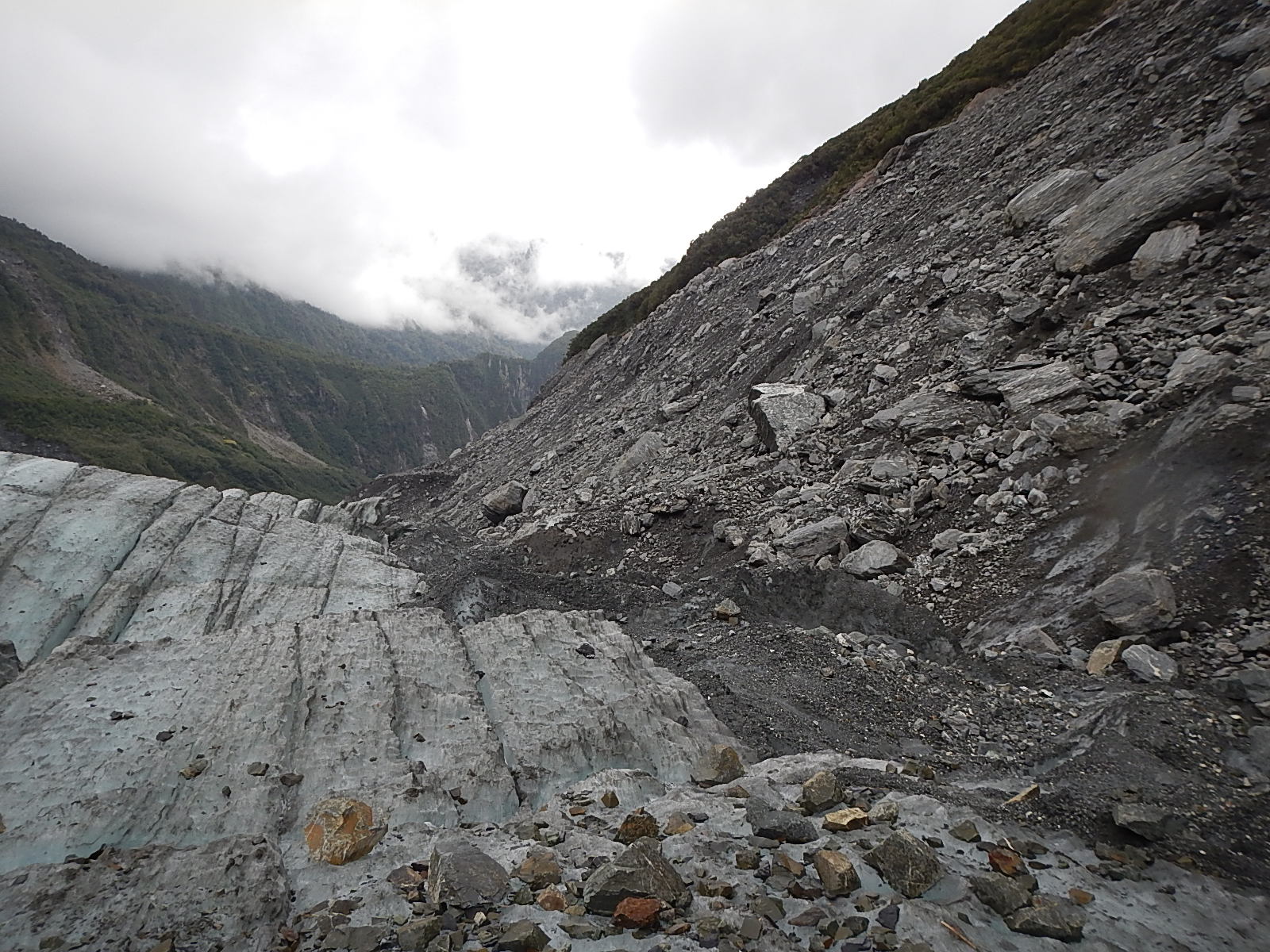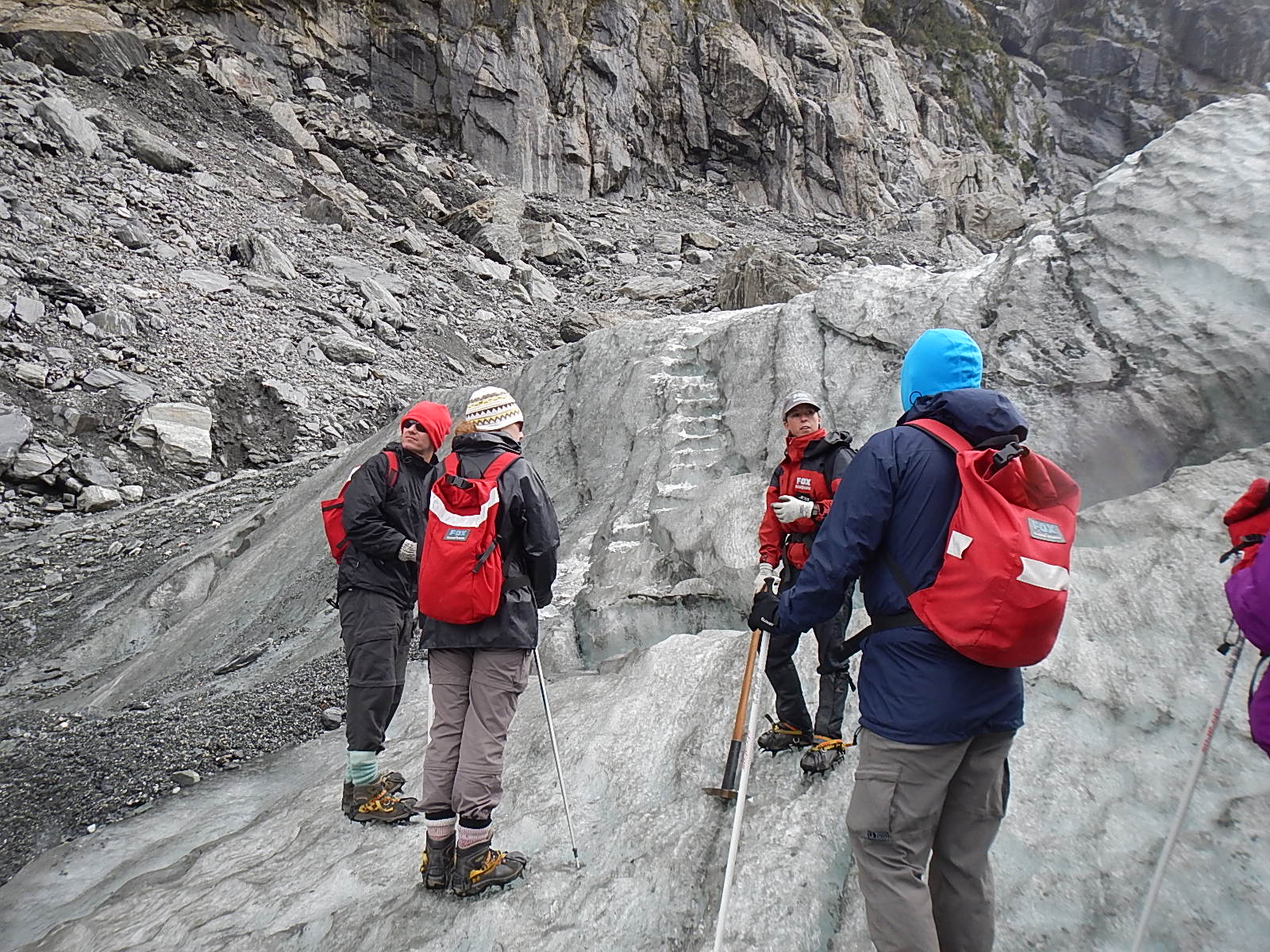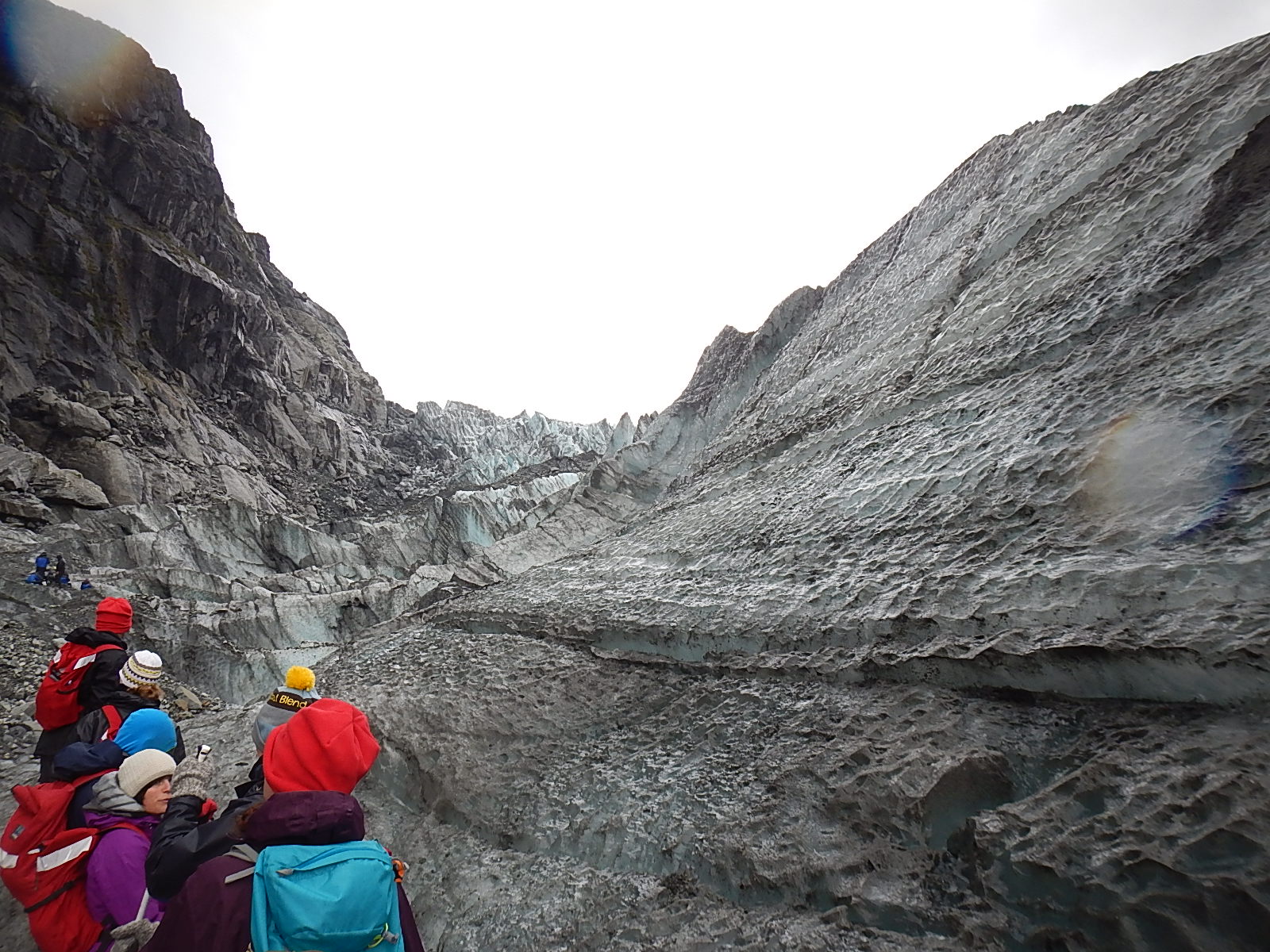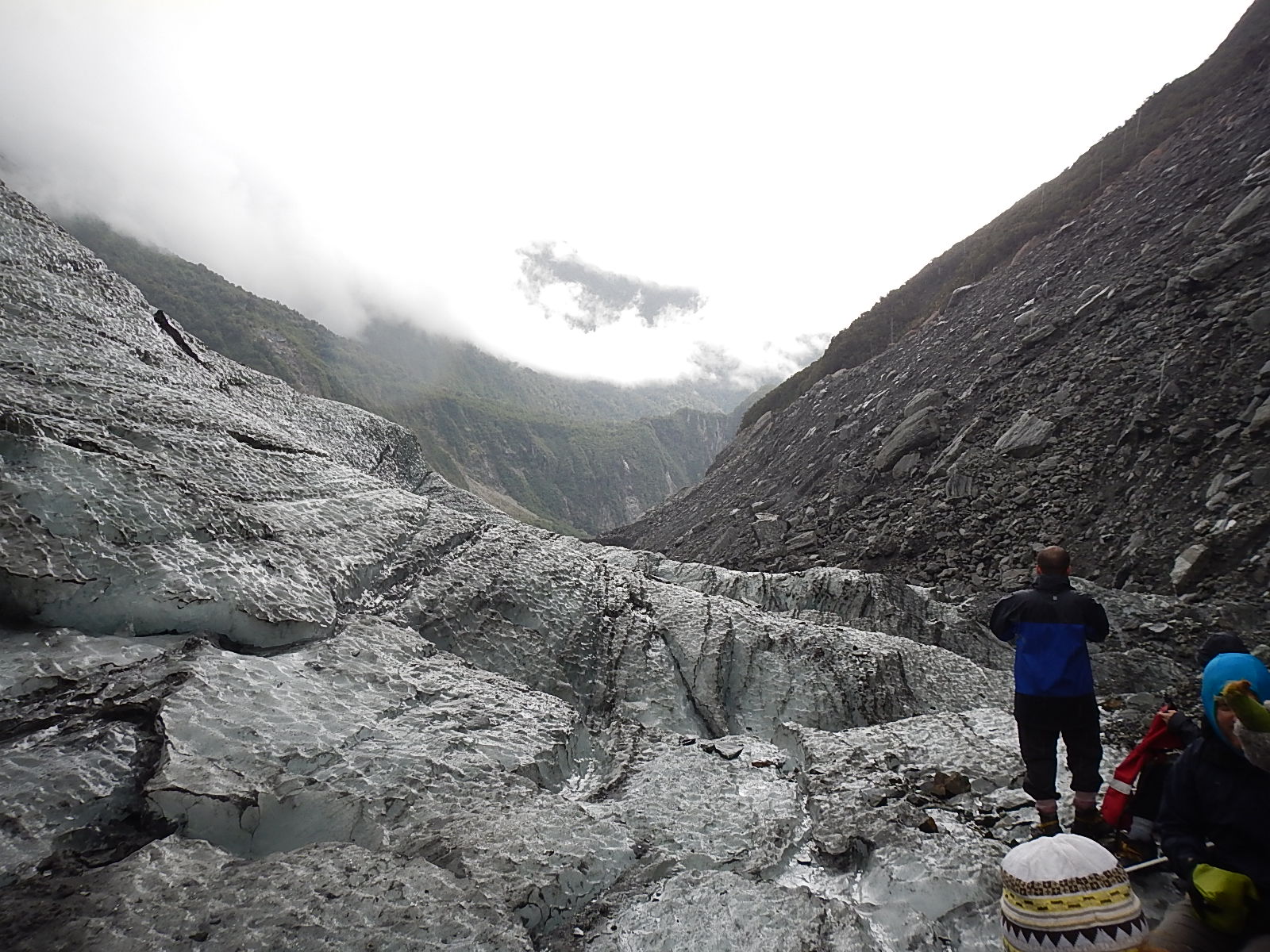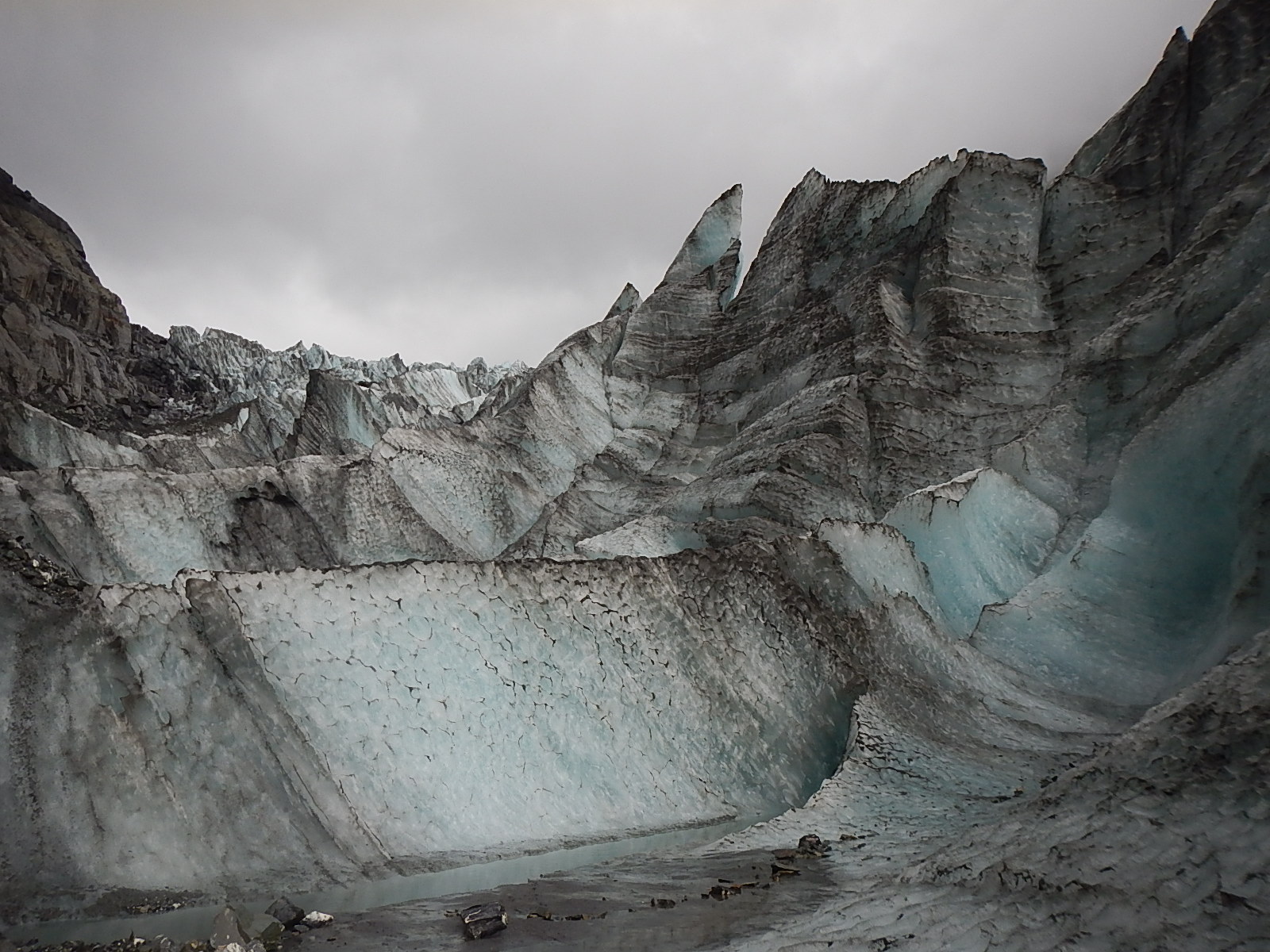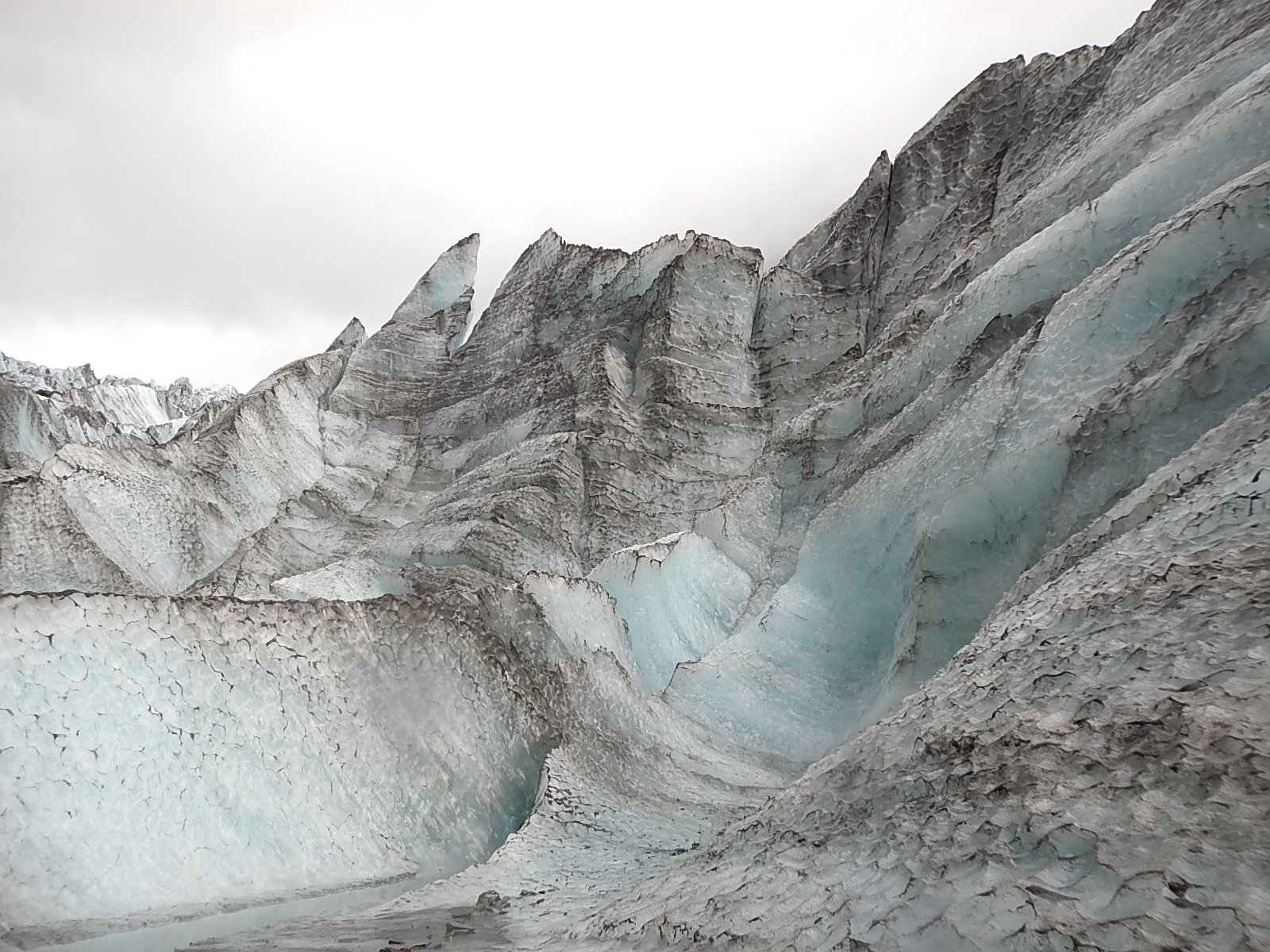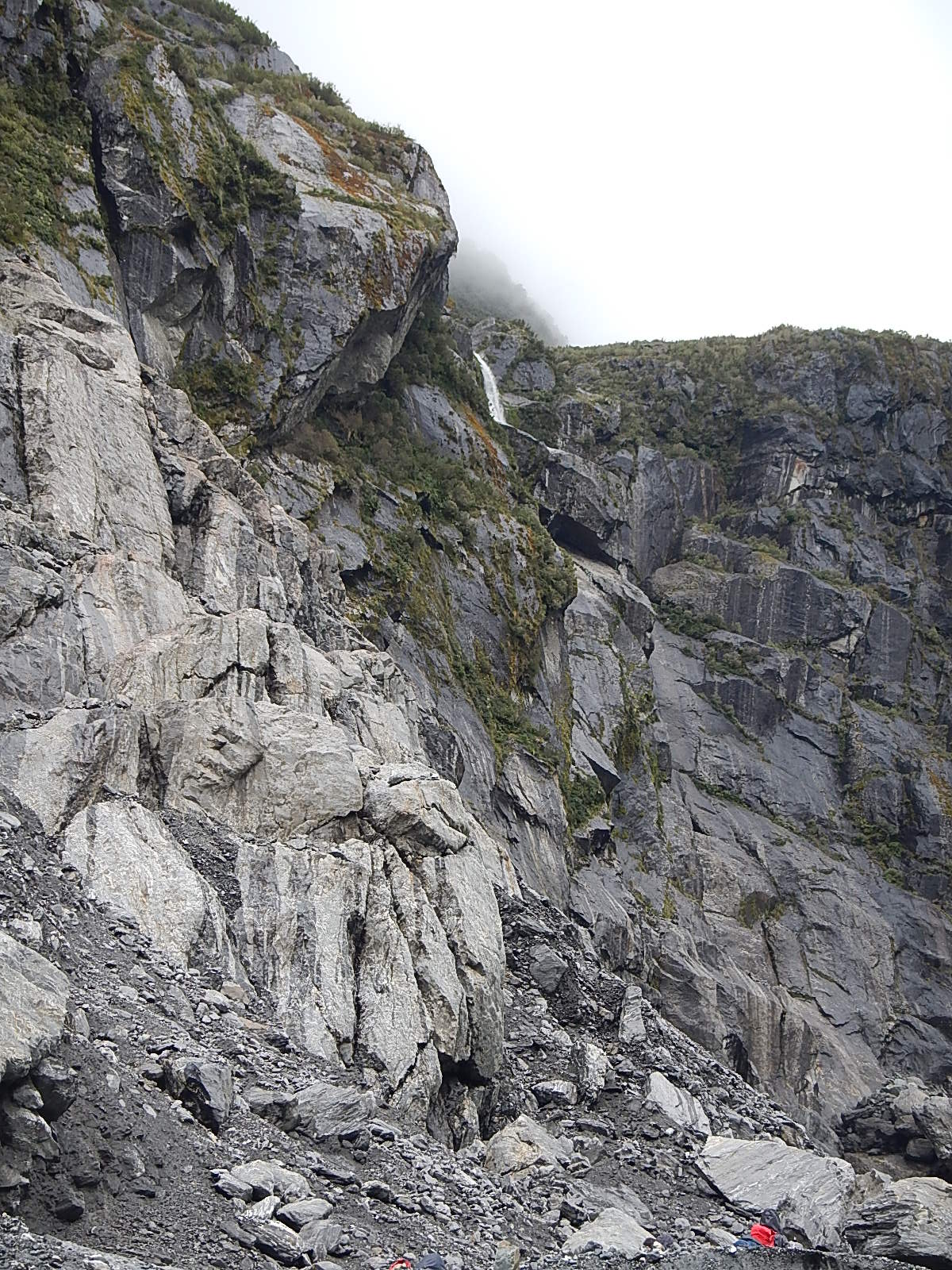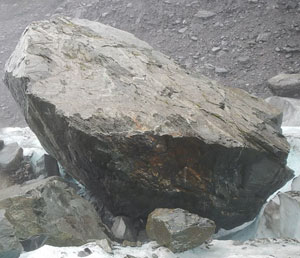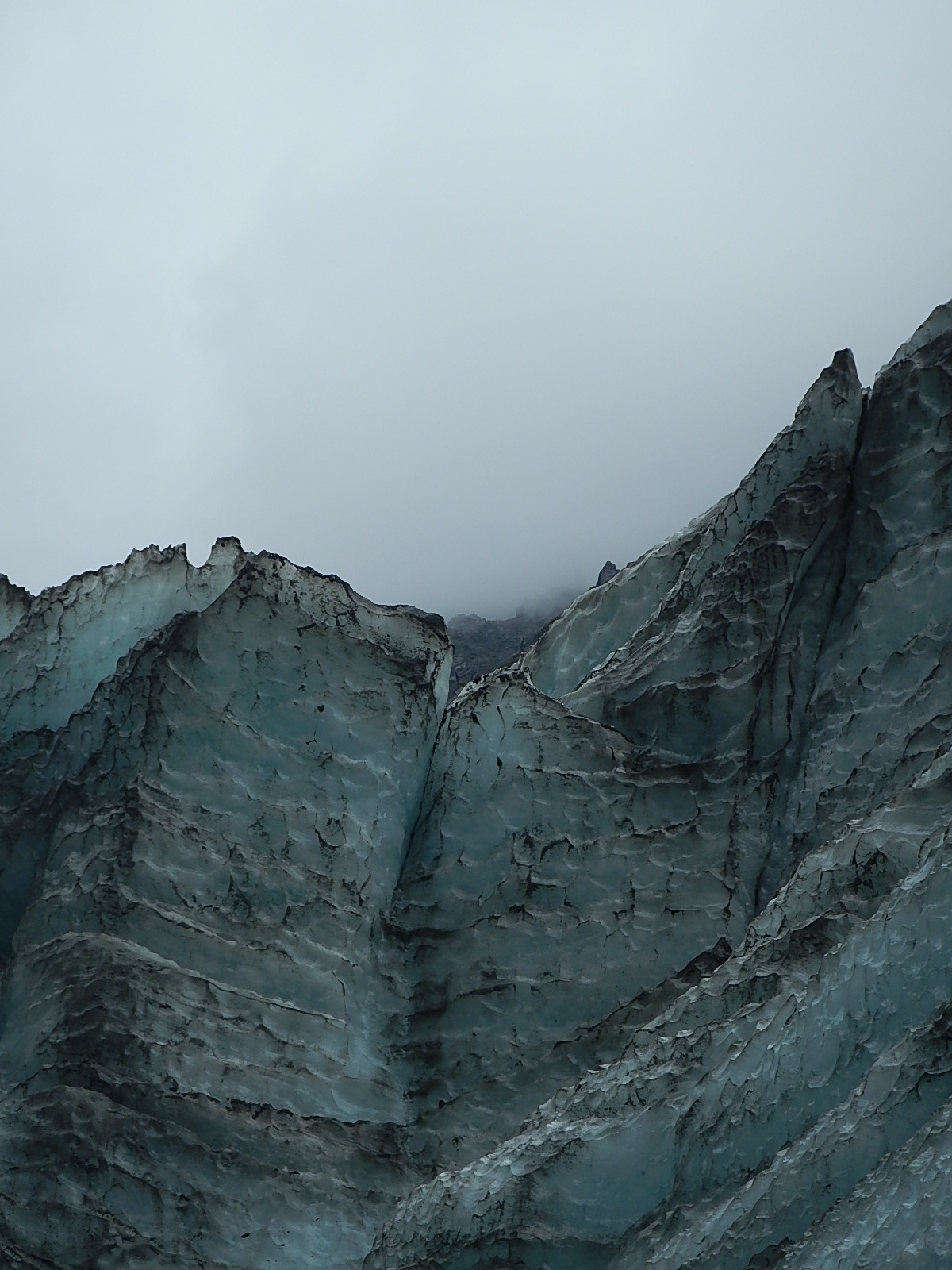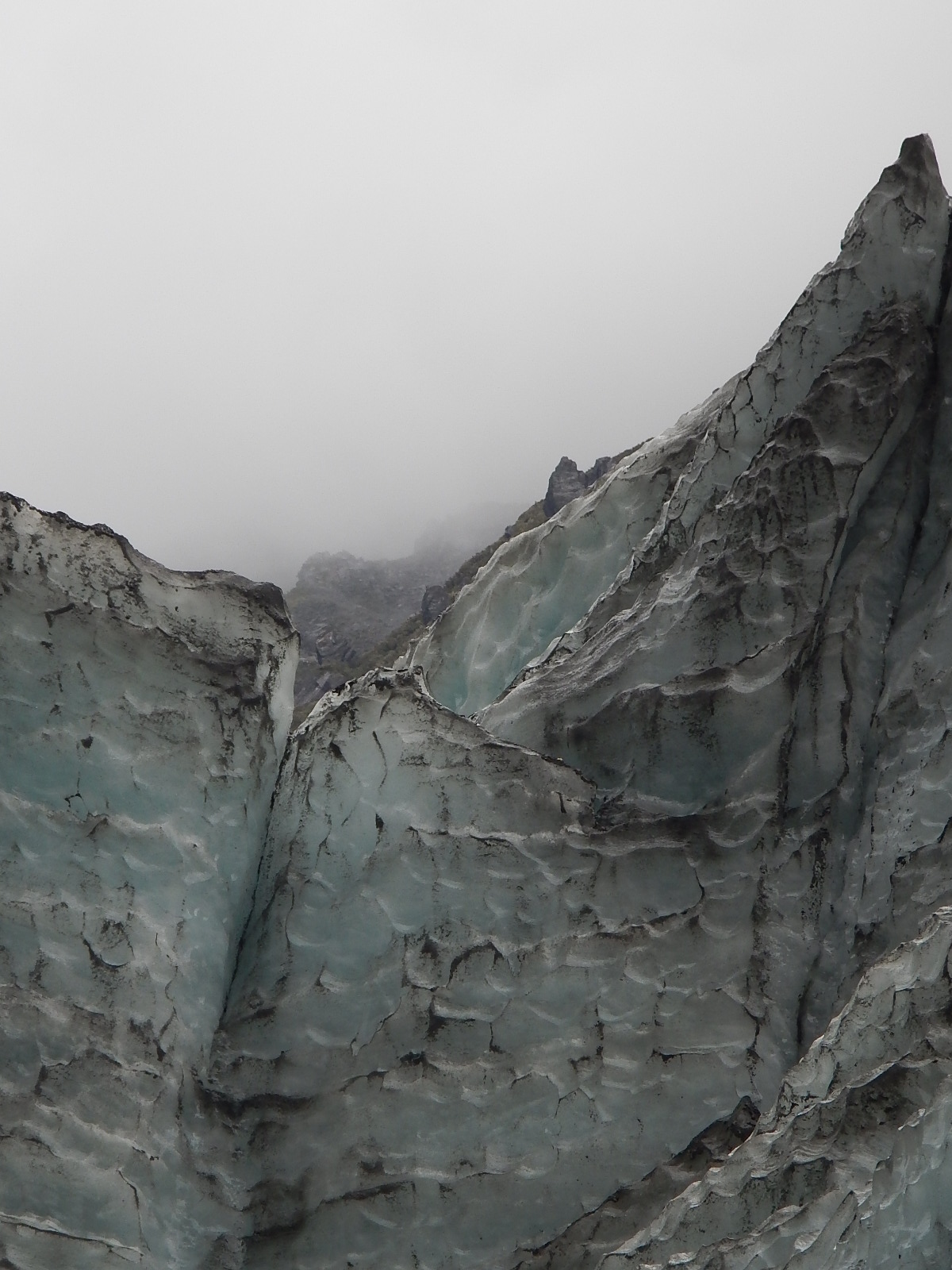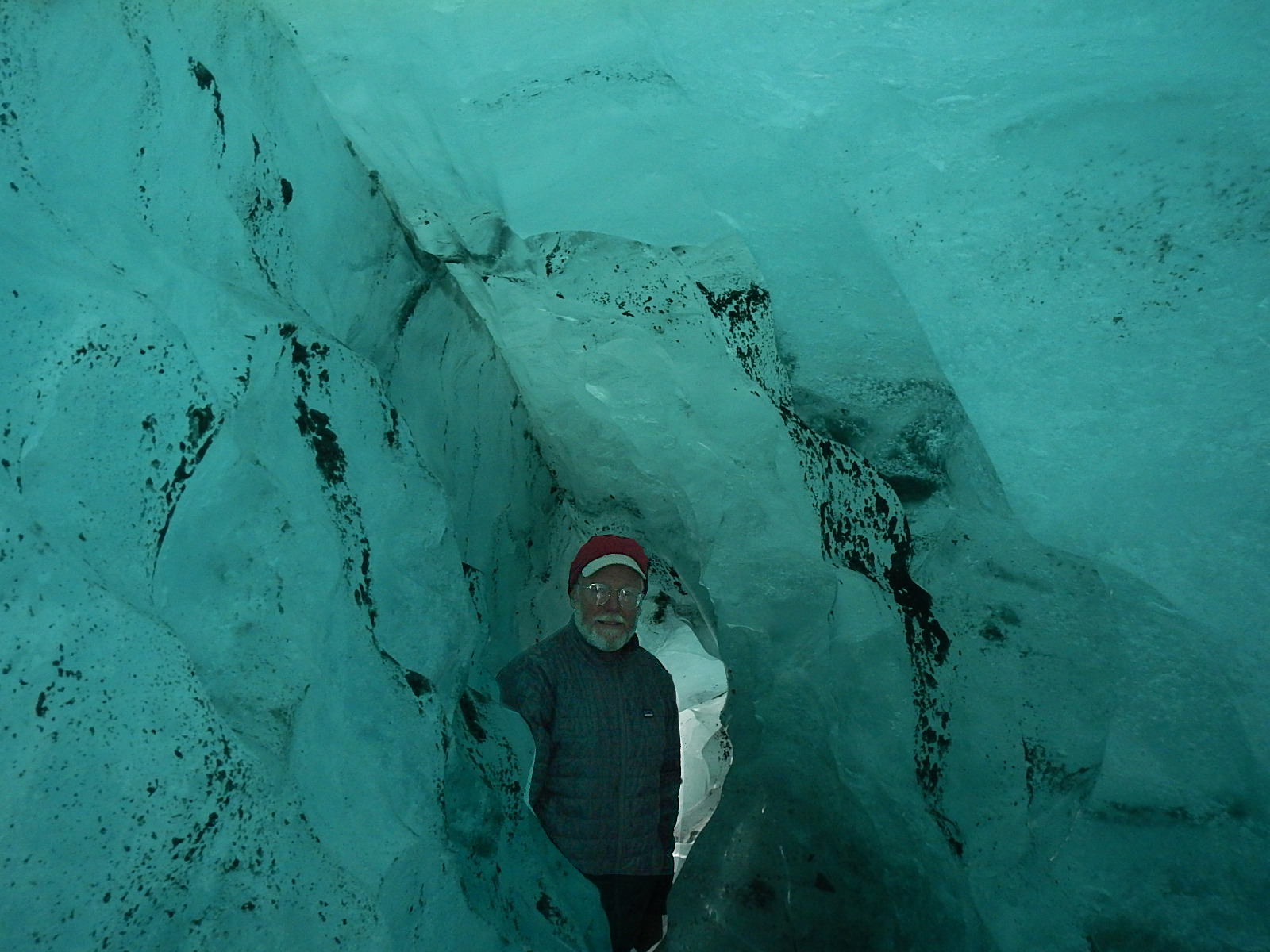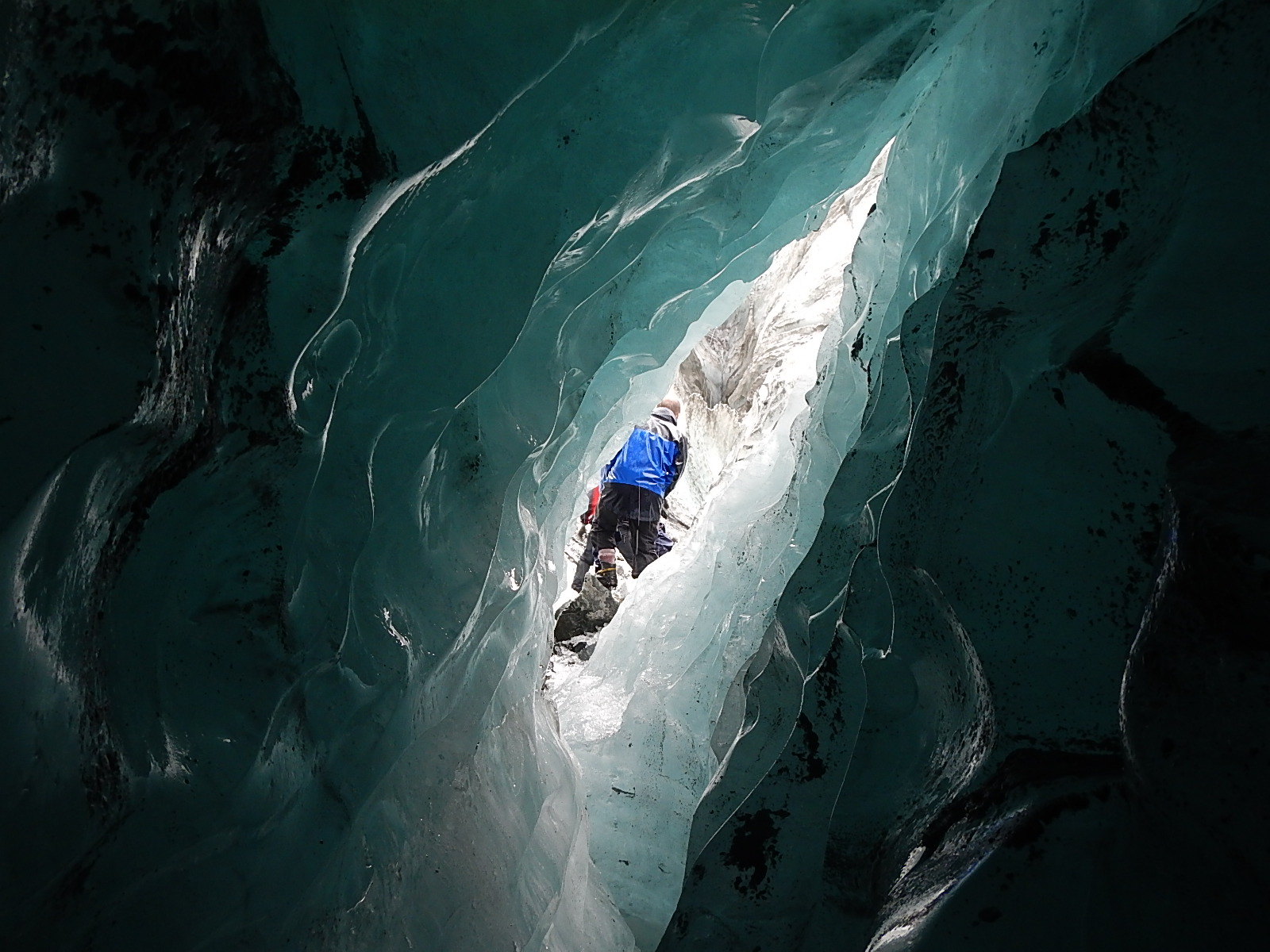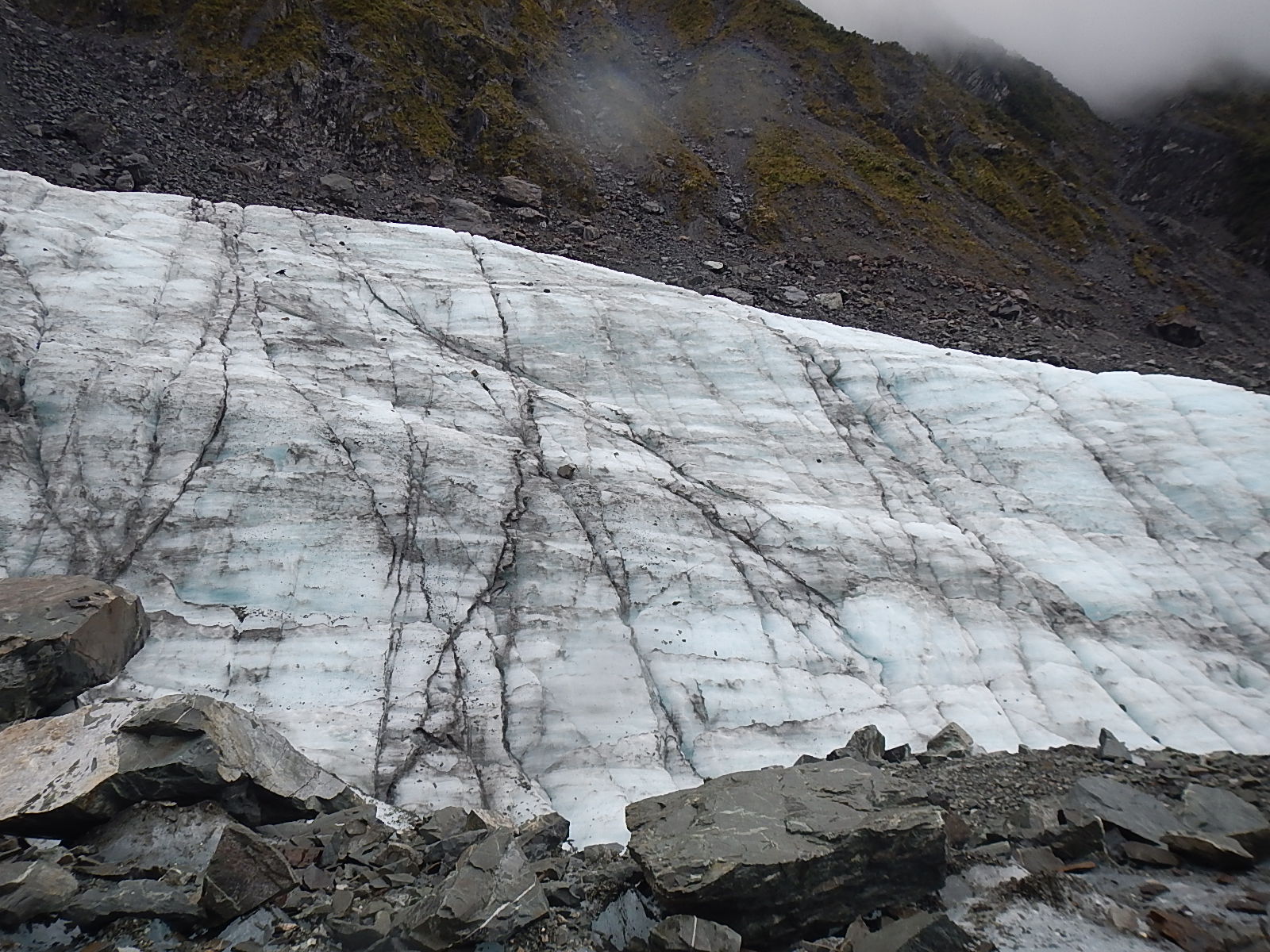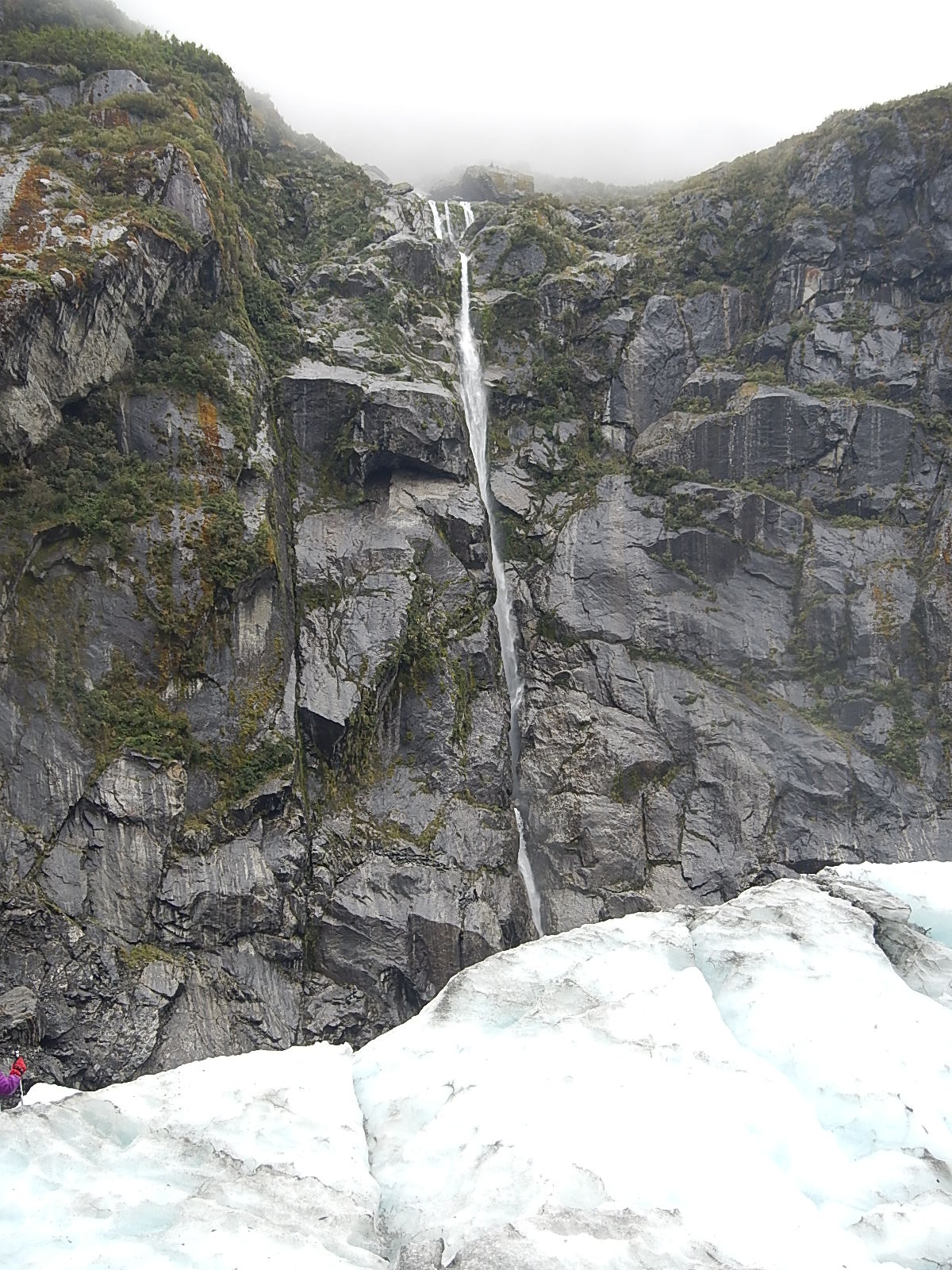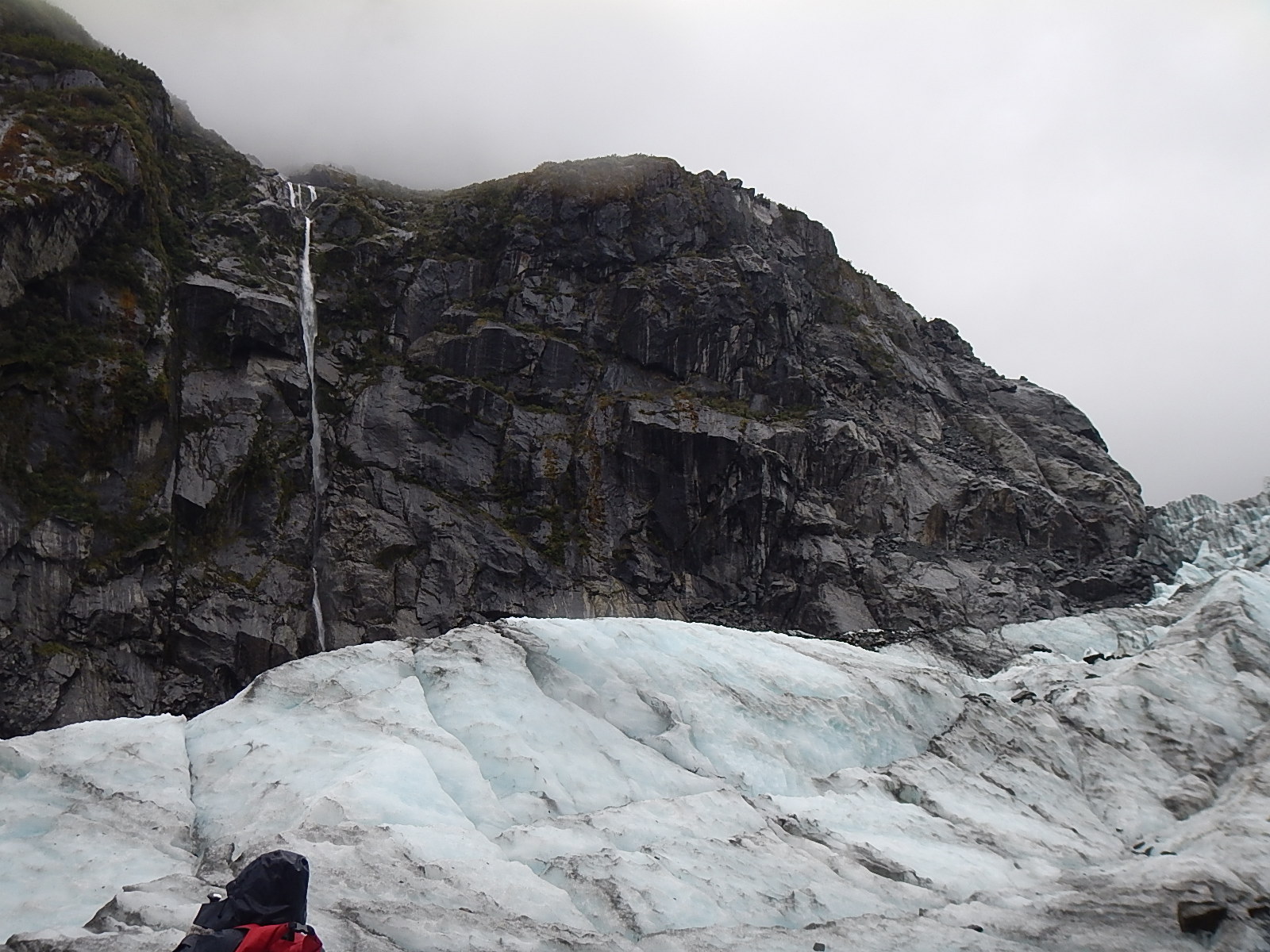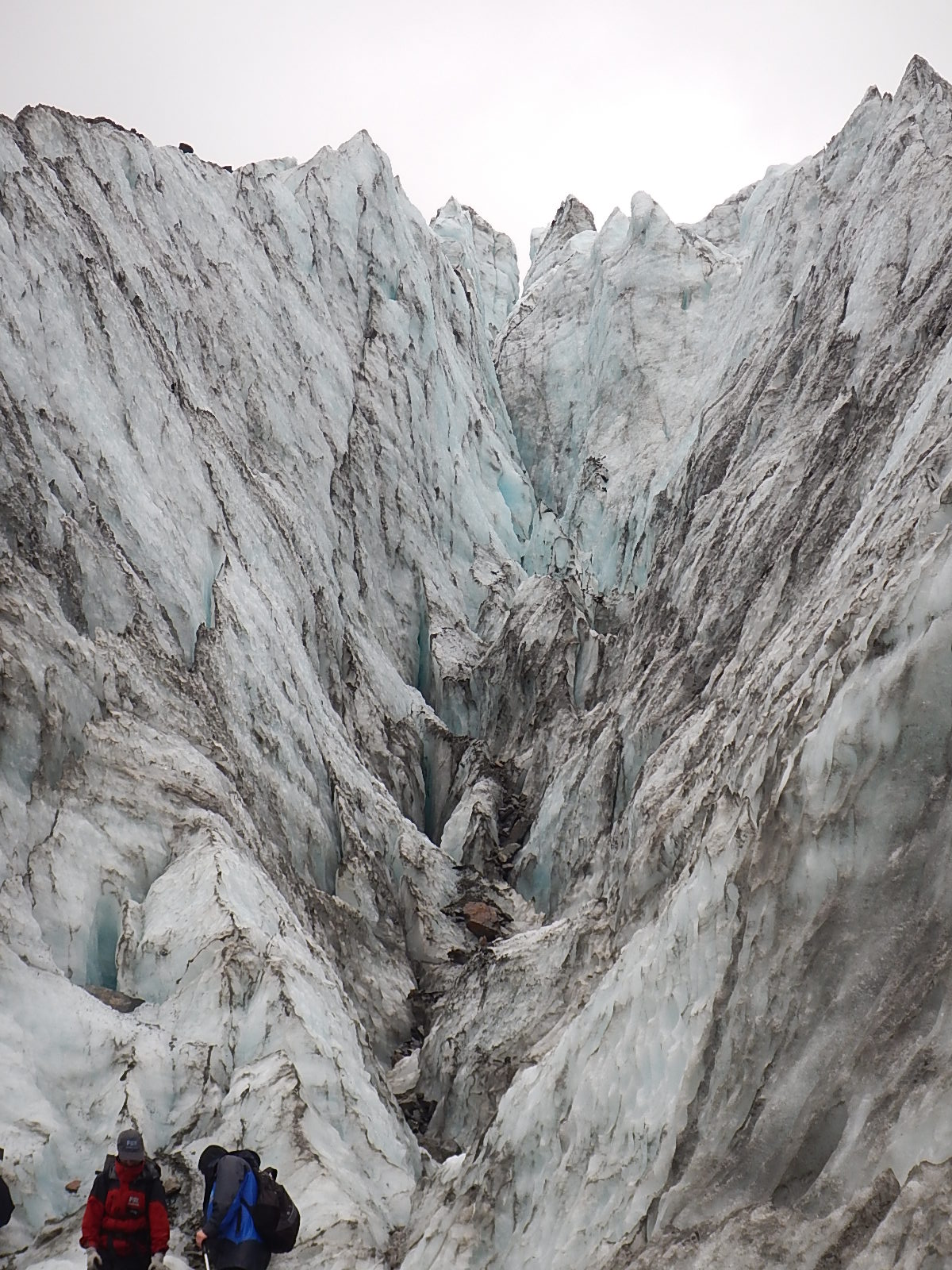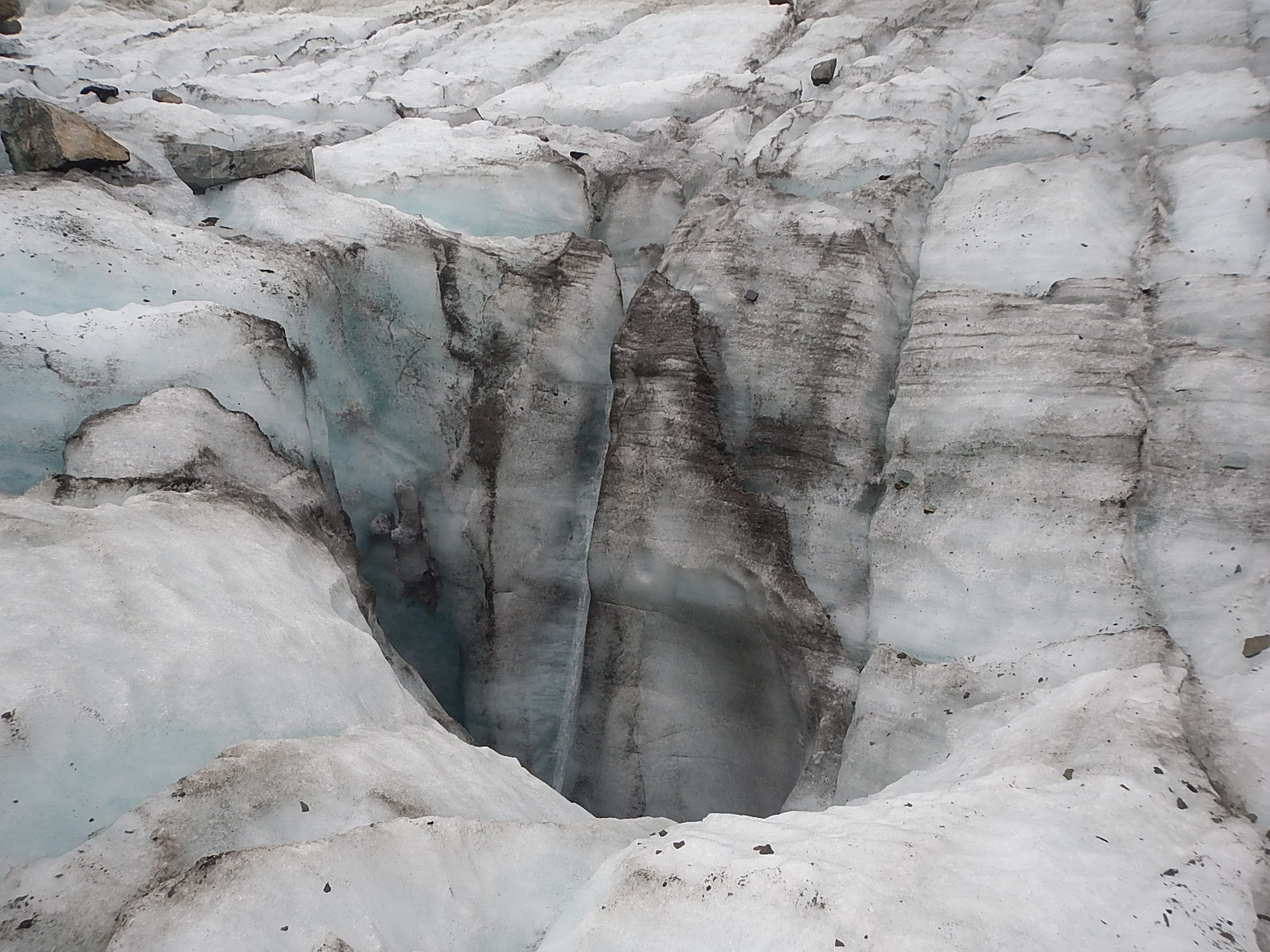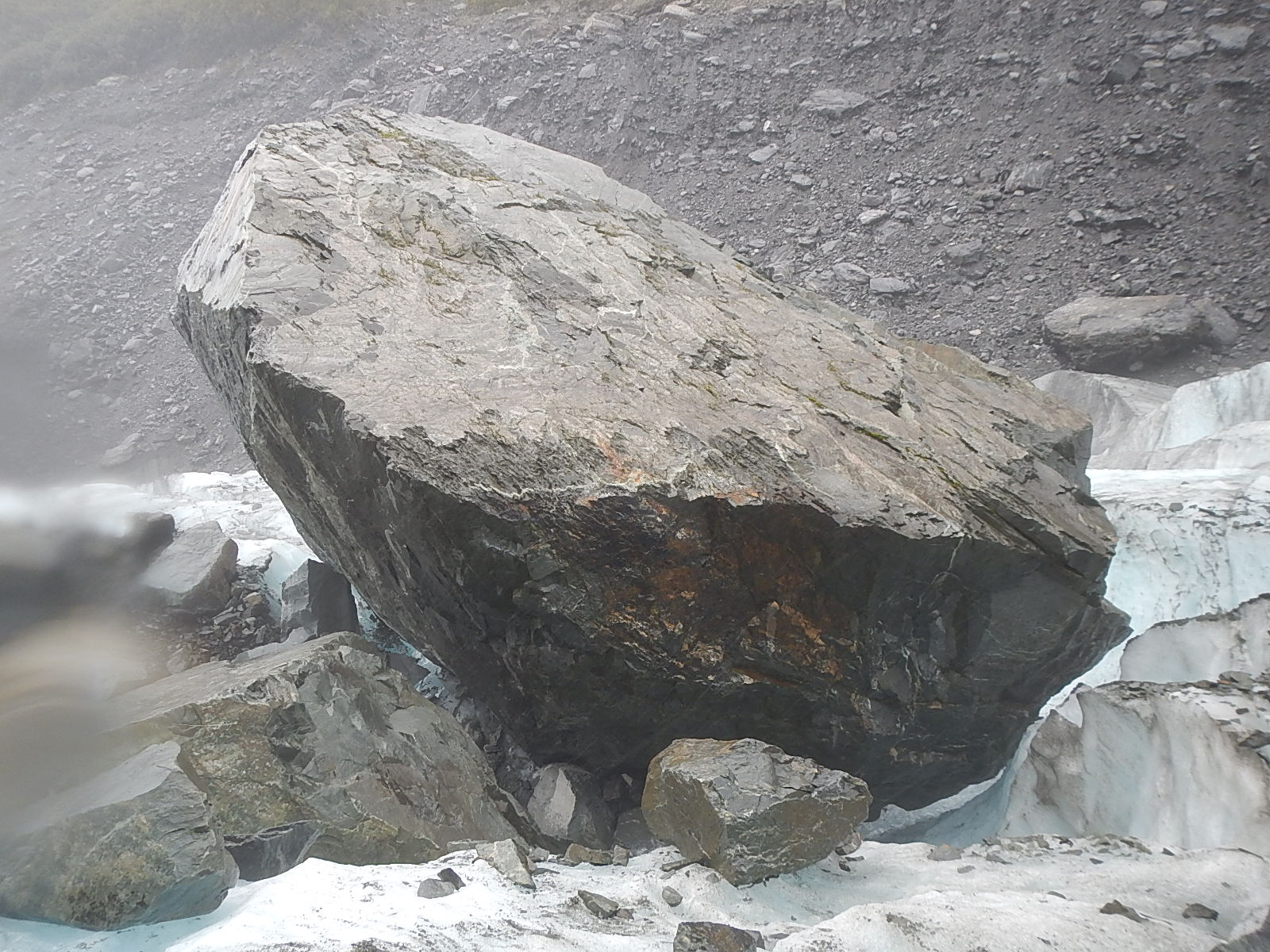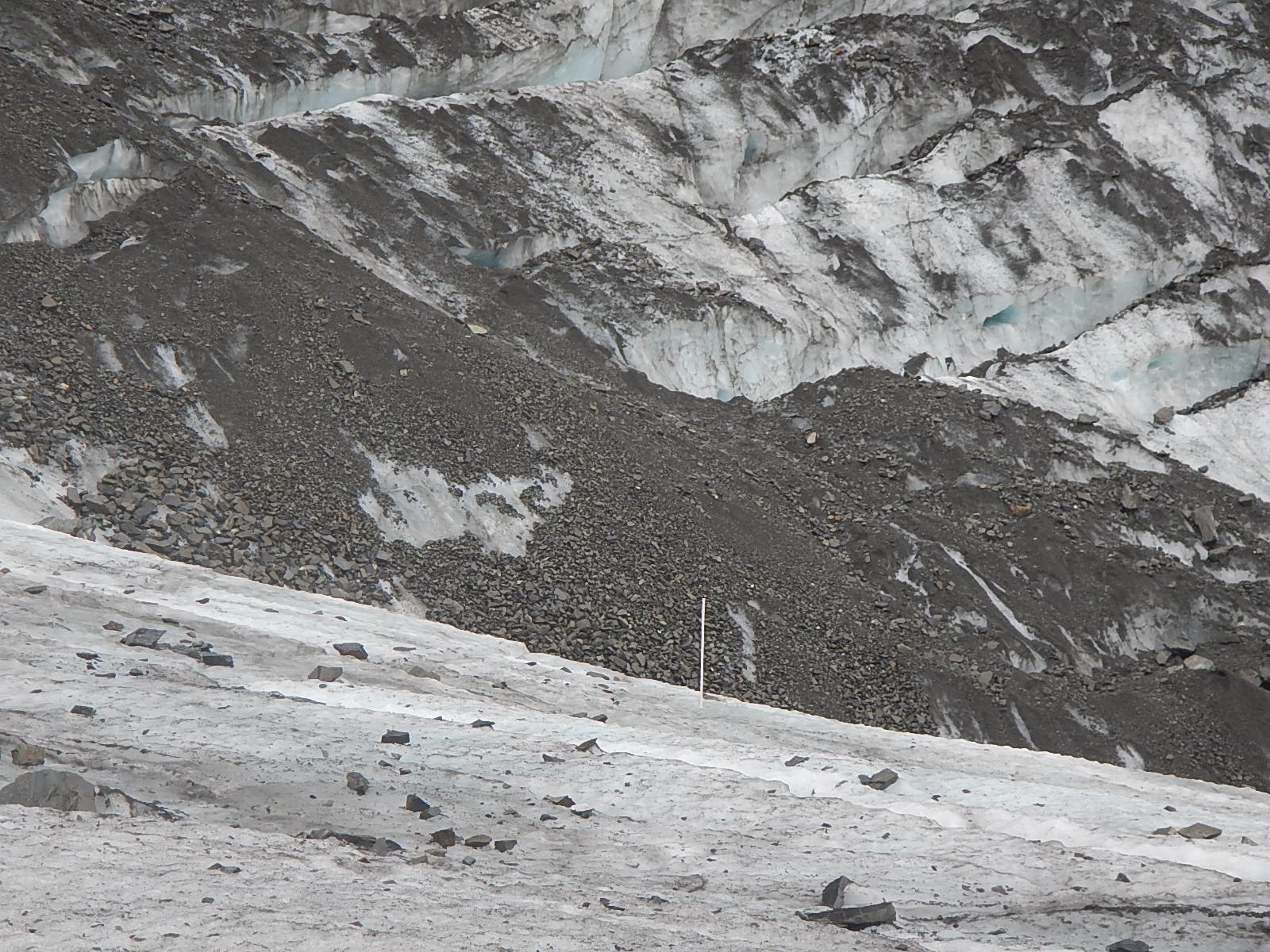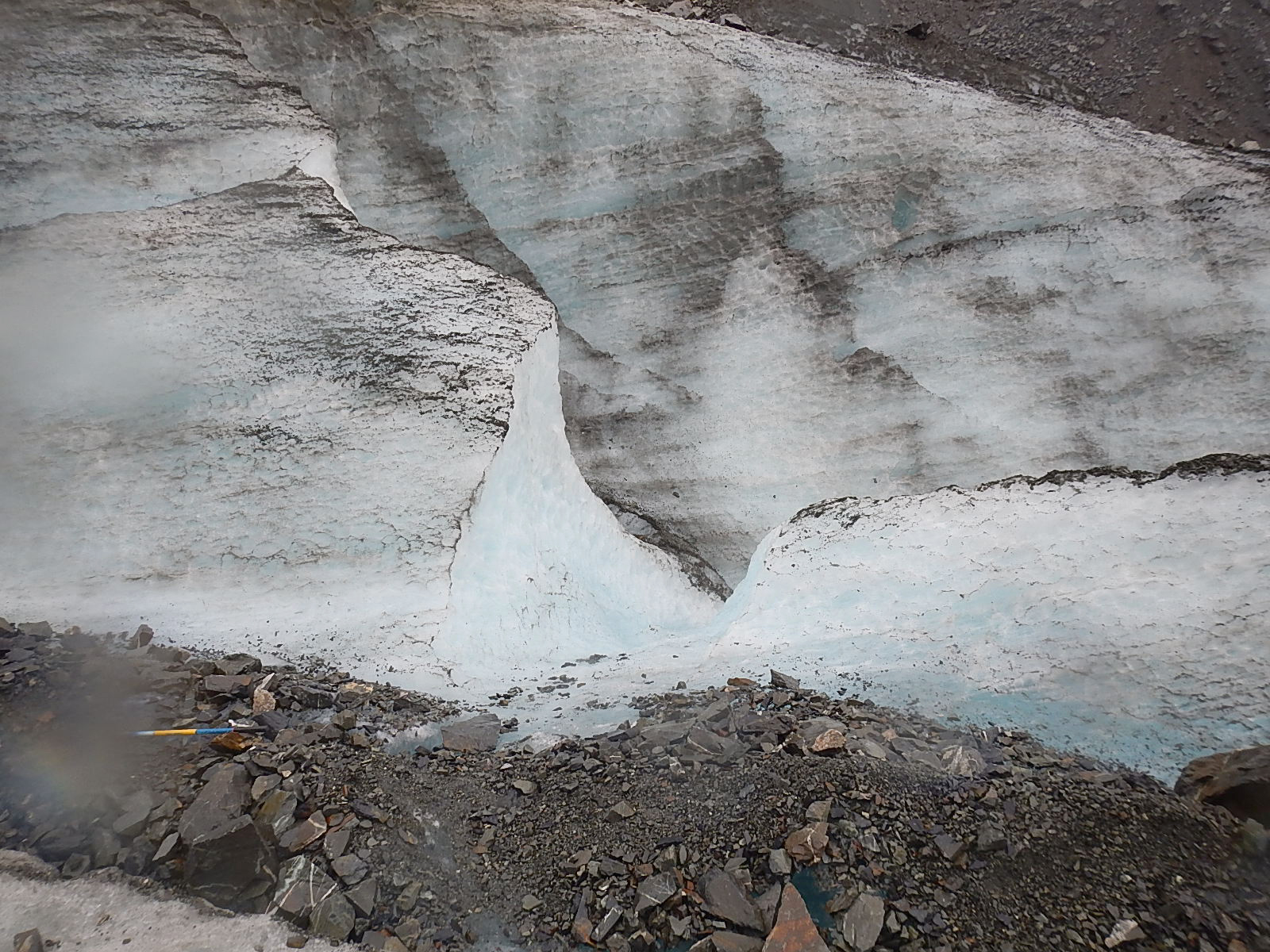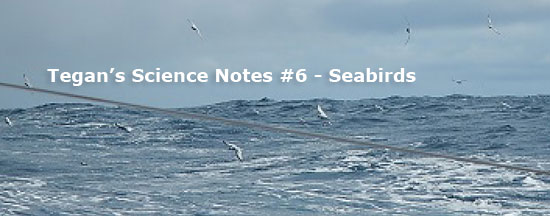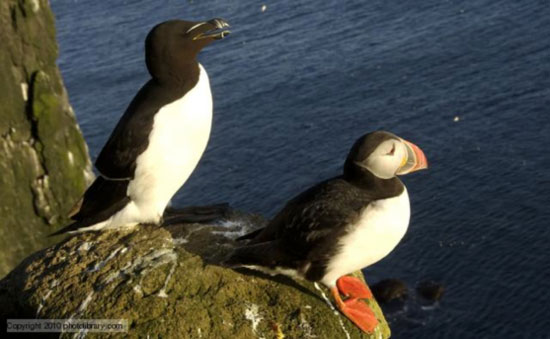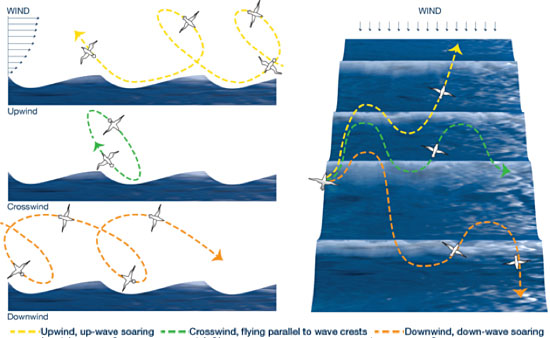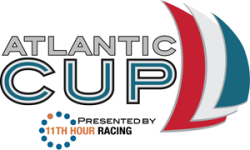 The Atlantic Cup! What a great way to start off the summer! The race was a great event, the competition was fierce and the camaraderie as always, the best. You can learn more about the race, review the results and see great photos and videos on The Atlantic Cup website. And while racing was the main event, my focus was on the Atlantic Cup Kids Program – and what a great time we had! While it was my first time coordinating the program and much of my days were spent pondering variables and fretting over possible disasters, when the actual events happened, they were just amazing. As one visitor remarked to me, “This is ‘epic!’ – and it was!
The Atlantic Cup! What a great way to start off the summer! The race was a great event, the competition was fierce and the camaraderie as always, the best. You can learn more about the race, review the results and see great photos and videos on The Atlantic Cup website. And while racing was the main event, my focus was on the Atlantic Cup Kids Program – and what a great time we had! While it was my first time coordinating the program and much of my days were spent pondering variables and fretting over possible disasters, when the actual events happened, they were just amazing. As one visitor remarked to me, “This is ‘epic!’ – and it was!
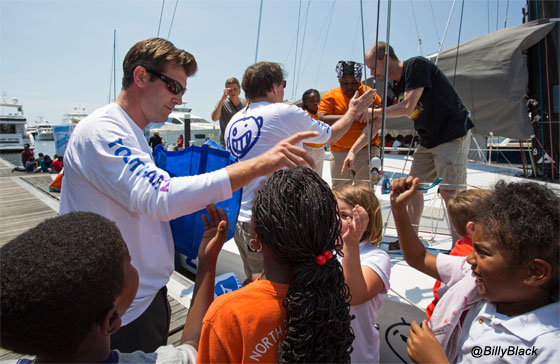
I spent the beginning of the year making arrangements, contacting teachers in our three cities to explain our program and visiting classes of kids to talk about the ocean, sustainability and to excite them about the Atlantic Cup and our Kids Program. When it came time for the first actual Kids Day event in Charleston, SC, I was grateful that we had strong plans in place, because that morning, there were nearly 600 students from over 10 schools who came to visit us! It was tremendous sharing the various learning activities and watching the kids take their first steps onto a boat – many of them for the first time ever! John Miller did an amazing job of coordinating and arranging for the students from the Charleston School System to attend – exceeding our limit of 400 students by 50 percent! John explained that no sooner did he open it up for attendance, then he had 600 students sign up… and he had to close down enrollment.
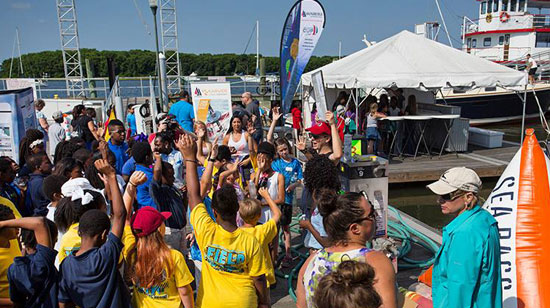
Many thanks to our great staff and our volunteers and the support from 11th Hour Racing, all of whom rose to the occasion. We had five learning stations— 1) “Whale Blubber and Plankton” run by Sailors for the Seas, 2) “Sustainability” with Brian Funke, 3) “How Boats Float” by Meredith “Megatron” Caroll, 4) “Knot Tying” and 5) “The Ultimate Adventure” – where kids were able to visit one of the boats and talk with the skippers.
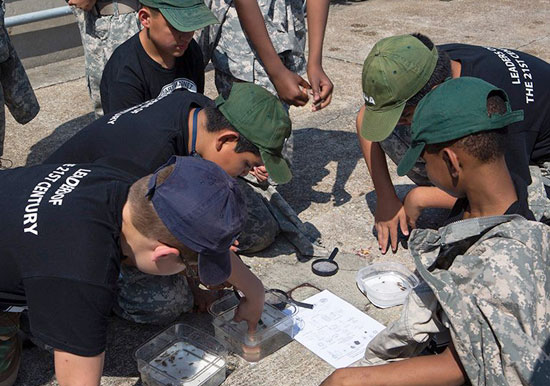
When the day was over and we paused to consider the level of success, it became clear to me that no matter how anxious I was about getting everything right, the sight of so many laughing, inquisitive kids was all the proof I was looking for. Check out our Photo Albums on our Atlantic Cup Kids Facebook Page Photos Page.
As the boats raced into the Brooklyn Marina, so did the Kids program. Brooklyn presented us with something of a challenge. The Marina we had expected to be operating out of was not yet finished with construction, and so we had to move into facilities that prevented us from allowing kids to actually get on the boats. But in spite of that disappointment, the great Atlantic Cup staff, 11th Hour Racing, the skippers and our volunteers once again put together a great program. Hundreds of fourth graders showed up, even recognizing me as Captain Dave and peppering me with questions. We finished the day giving a group of high school students a better understanding about the inner workings of the marine industry, and where within it, they might pursue vocational opportunities.
Portland, Maine was the last stop of the Atlantic Cup Race and where we had another few hundred kids attend the program. One of the most inspiring parts of the Portland event, were the third grade students from Ocean Avenue School who after spending a semester in an “Expeditionary Learning” program studying lobsters, created an entire station of their own to share their acquired knowledge with us and all the other students. It was very inspiring to watch students teaching other students!
On Day 2 and Day 3 in Portland, while the boats competed on the inshore courses of beautiful Casco Bay, we set up an entire area of the race village dedicated to kids and learning. Here we saw many kids, along with their parents, taking advantage of the interactive learning opportunities, trying their own hand at knot tying, picking up whalebones, learning about sea mammals and the ocean. When all was said and done, over 1000 students took advantage of the 2016 Atlantic Cup Kids Program. And at the end of the race at the Awards Ceremony aboard the replica old Spanish Galleon named El Galeon, we presented the Kids Favorite award to the crew of Talanta.
We were all inspired by these amazing students and by their energetic teachers who helped us to make all this happen. Many of the students we talked with had never been on or even seen a boat before, and only knew about the ocean from school. We’re happy to say we’ve now touched the lives of over 1000 young people and likely helped change the way they will in the future regard their relationship to the oceans that sustain all our lives. 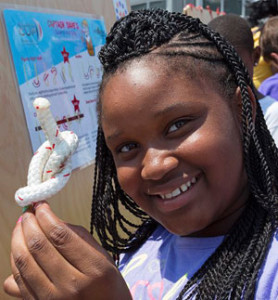 For me, I was most inspired by a young girl who I found looking sad and frustrated at the knot tying station. When I asked her how she was doing, she said she couldn’t tie knots. I asked her if she had tried and she shook her head and looking down said, “I can’t do it.” Together we started with the figure-eight knot. After she accomplished that, we tried the clove hitch and then moved onto the bowline. Each time she tied a knot, her smile grew bigger and more confident. When she finally pulled off the hardest one, the fisherman’s bend, we jubilantly high-fived each other… and I watched her walk away, ready to take on the world! I suspect one day she’ll be one of those who will patiently do the same thing for some other young kid.
For me, I was most inspired by a young girl who I found looking sad and frustrated at the knot tying station. When I asked her how she was doing, she said she couldn’t tie knots. I asked her if she had tried and she shook her head and looking down said, “I can’t do it.” Together we started with the figure-eight knot. After she accomplished that, we tried the clove hitch and then moved onto the bowline. Each time she tied a knot, her smile grew bigger and more confident. When she finally pulled off the hardest one, the fisherman’s bend, we jubilantly high-fived each other… and I watched her walk away, ready to take on the world! I suspect one day she’ll be one of those who will patiently do the same thing for some other young kid. 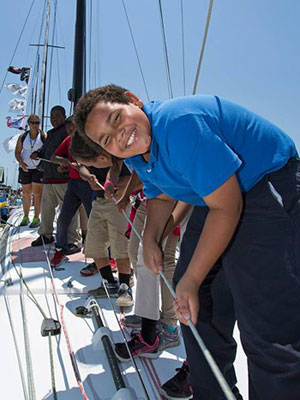 Thanks to all of you who followed along and supported our adventures with the Atlantic Cup Kids Program. I hope you enjoyed it as much as we did. As the season progresses here, we’ll find some new avenues to channel our energies and to showcase our educational programs. Stay tuned for more updates on that.
Thanks to all of you who followed along and supported our adventures with the Atlantic Cup Kids Program. I hope you enjoyed it as much as we did. As the season progresses here, we’ll find some new avenues to channel our energies and to showcase our educational programs. Stay tuned for more updates on that.
As always, our learning guides are available on BodaciousDreamExpeditions.com under the drop-down menu called “You Explore.” They are also available (in a slightly different format) on the http://atlanticcup.org/Kids page.
And if you haven’t done so already, please like our Atlantic Cup Kids Facebook page. This is useful for attracting sponsors, who can help us to advance our efforts. Who knows, one of those sponsors might be you! Besides that, you’ll see some really cool pics of kids (of all ages) having the time of their lives!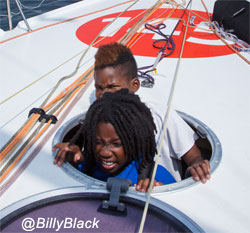 And a special thank you to all who helped out… especially Sam, Anthony (AT), Meredith (Megatron), Julianna, Hugh, Jen, Brittany, Sarah, Jen, Billy, Susan, Michelle and Steve as well as all the skippers, teachers, administrators and the many volunteers who showed up and pitched in with such great enthusiasm. I’m sure I’m forgetting someone … so, thank you too! And big thanks to 11th Hour Racing for their help and support with The Atlantic Cup and our Atlantic Cup Kids Program.
And a special thank you to all who helped out… especially Sam, Anthony (AT), Meredith (Megatron), Julianna, Hugh, Jen, Brittany, Sarah, Jen, Billy, Susan, Michelle and Steve as well as all the skippers, teachers, administrators and the many volunteers who showed up and pitched in with such great enthusiasm. I’m sure I’m forgetting someone … so, thank you too! And big thanks to 11th Hour Racing for their help and support with The Atlantic Cup and our Atlantic Cup Kids Program.
Until later,
– Dave
P.S. If you know of a school which might enjoy a presentation by Captain Dave about his circumnavigation, the ocean, sustainability, sail-craft and other fun things, please contact me directly at… dave@atlanticcup.org

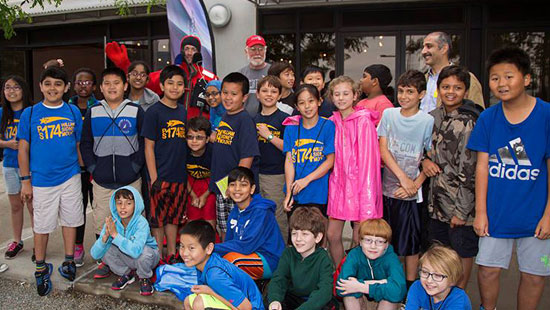
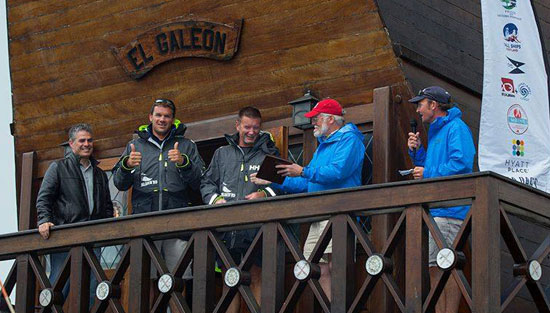
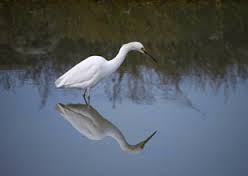
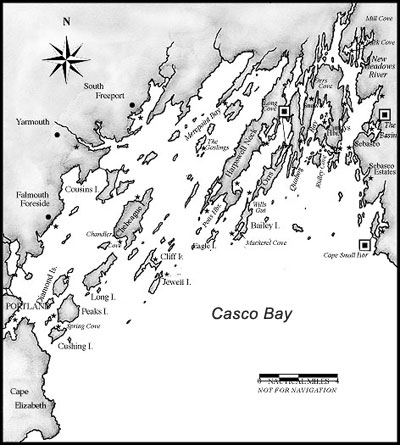
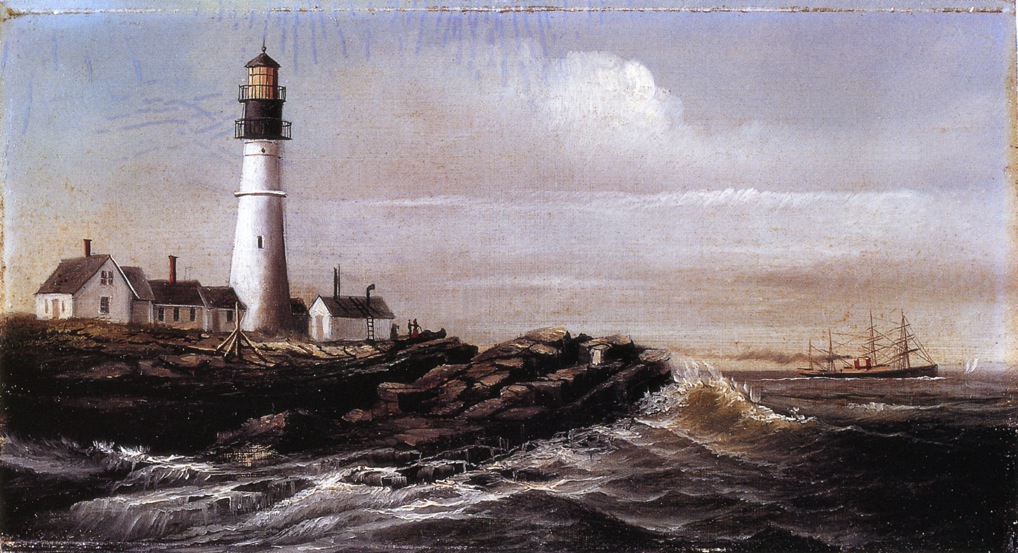
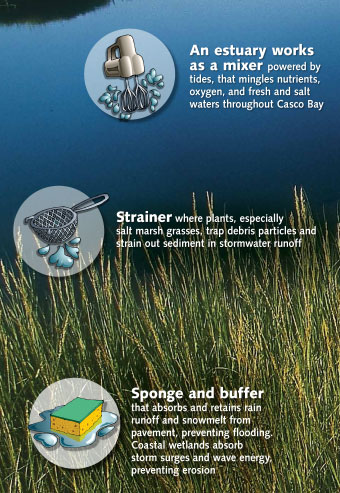

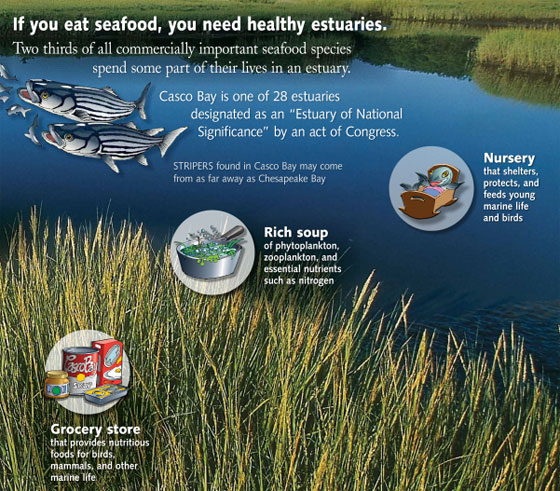
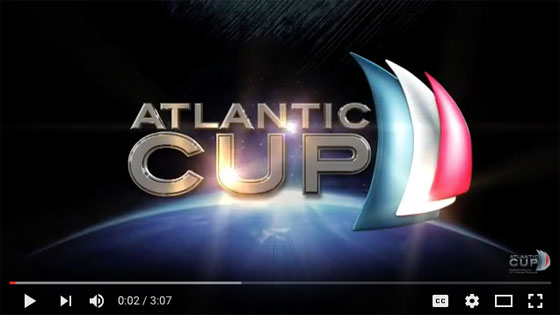
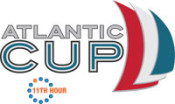
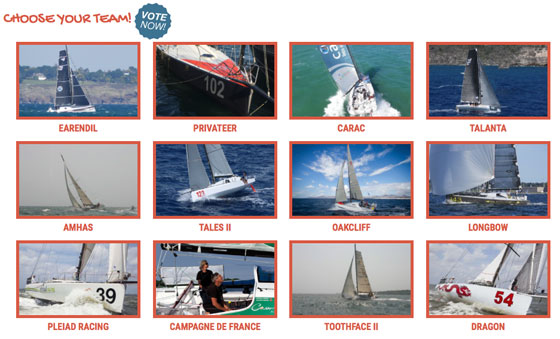
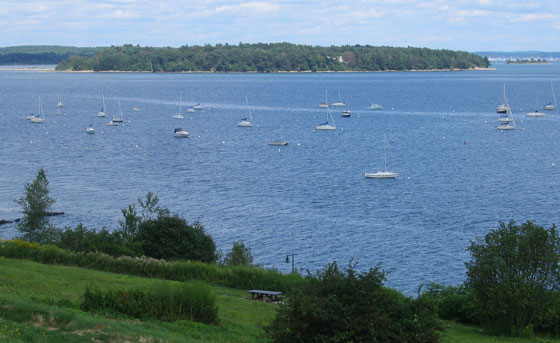
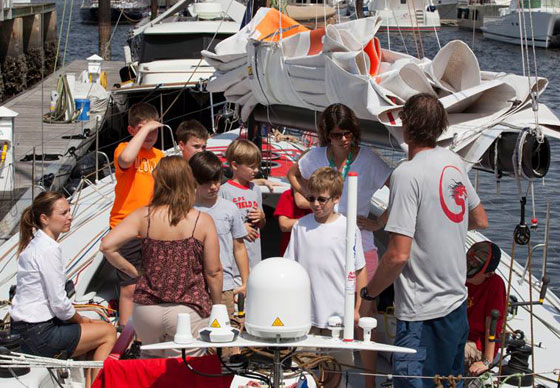

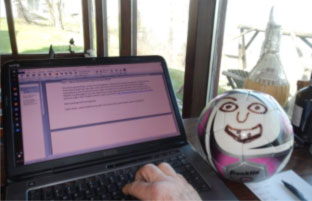
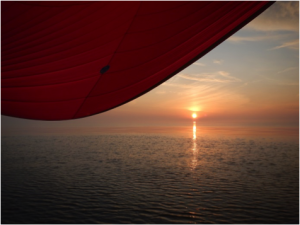
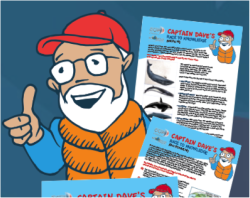
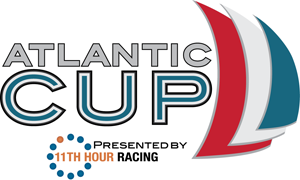
 2. Check out the enhanced
2. Check out the enhanced 
